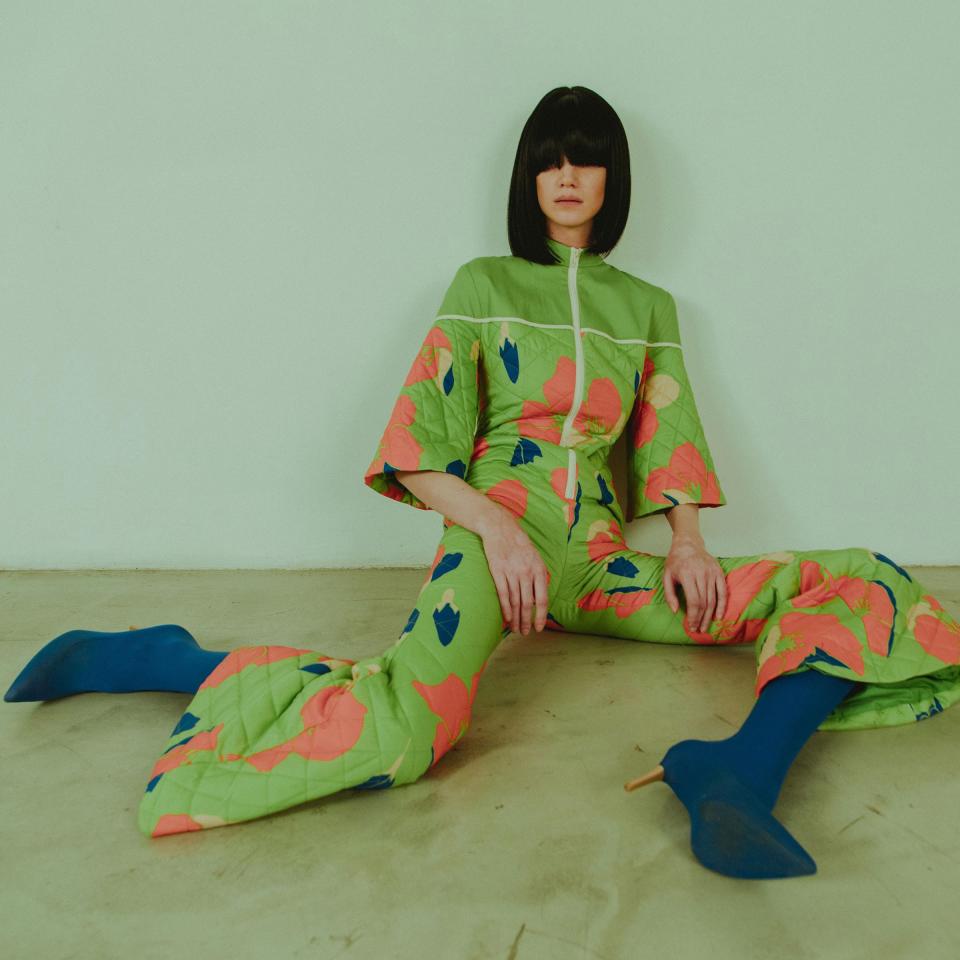A New Chinese Expat Label Turns Cross-Cultural Dialogue Into Very Cool Clothes
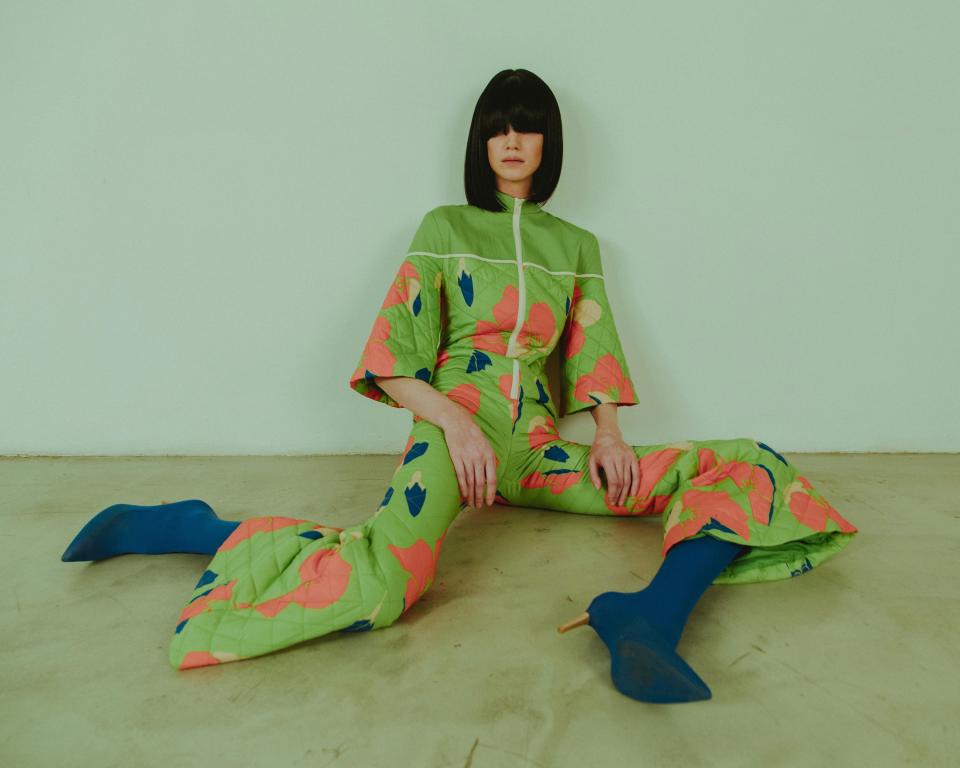
A crew of Chinese expats is meticulously prepping a sixth floor factory space in the Garment District, where the first presentation for a new brand called Social Work is about to take place. White hot fluorescent tube lights hang overhead, and dust-coated Juki sewing machines sit on seafoam green work stations around the room, surrounded by spools of thread in a hundred different colors. It is stifling (outside, it grazes the low 90s), and the only relief comes from a dozen white table fans, their blades spinning stale air around the room. Bottles of water and green cans of Tsingtao cool in a plastic bin of ice by the doorway, next to a second bin stocked with Chinese candies: White Rabbit milk taffy and pickled plum wrapped in white cloth paper.
Social Work is a shared line from designers Chenghui Zhang and Qi Wang. Italian-born Zhang grew up in Shenzhen, a booming city known as a major production hub; Wang hails from Hubei, “a second-tier province nobody knows,” she remarks drily. The two met at Parsons School of Design and decided to launch this joint venture a few months after graduating last May. “We realized we really click,” Zhang says. The two share an easy rapport and, more importantly, a desire to use fashion to juxtapose the two countries’ cultures they now claim: America and China, whose long (and currently, fraught) relationship certainly warrants fresh interpretation.
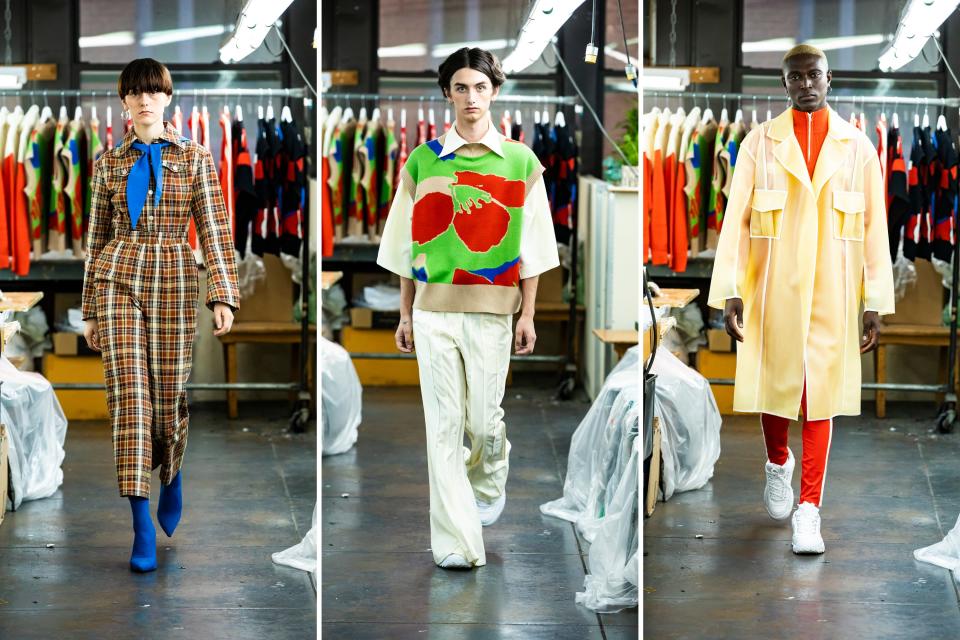
What makes Social Work stand out is its twin mission statements. First, to provide a stylish sort of socio-political commentary by mixing contemporary Chinese and Western clothing references to create something entirely new. To start, the Spring 2019 collection on display was inspired by two concurrent youth movements: the ’60s countercultural hippies of the West and the Maoist Great Cultural Revolution of China. “We find it really fascinating, the contrast,” Zhang says, pointing to the first look. It is a ’60s plaid cotton jumpsuit, cropped high on the leg and cut tight at the waist. The blue kerchief wrapped loosely around the model’s neck is actually a take on the little red scarves of the ’60s Chinese school uniform, worn under the reign of Chairman Mao. “A lot of the schoolchildren wore the red scarves and always carried a small red book,” Zhang says. “The blue makes the reference not so obvious, and the jumpsuit is a very utilitarian worker’s item, as well.”
A meditation on the laborer’s uniform permeates the collection. Thick denim wrap skirts nod to the Chinese factory worker’s aprons, and there are industrial coats and boxy totes in a clinical, yet pleasing yellow rubber, as well as a few flared pants with track stripes (“We’re always in love with Wes Anderson,” Zhang confesses). Elsewhere, the clothes contain an ideal mash-up of subtle cultural cues. A boxy cotton work shirt on closer examination is cut to create unusually straight, angular sleeves. “It’s an Asian cut,” Zhang says. “Vintage clothes back in China have a really straight cut like this.” Acid green and flamingo pink florals on a quilted dress and knit vest are a ’60s Americana reference, but the chosen blooms are plum, China’s national flower. Details like the term “Goodthinker” from the novel 1984, flipped on a T-shirt so it can only be read in a mirror, or the word “Censored” running across the chest of a cream turtleneck help bridge the gap. “We kind of make a joke of that because everything is censored nowadays—in China, definitely, and even America,” Wang says.
Social Work SS19 Lookbook Gallery
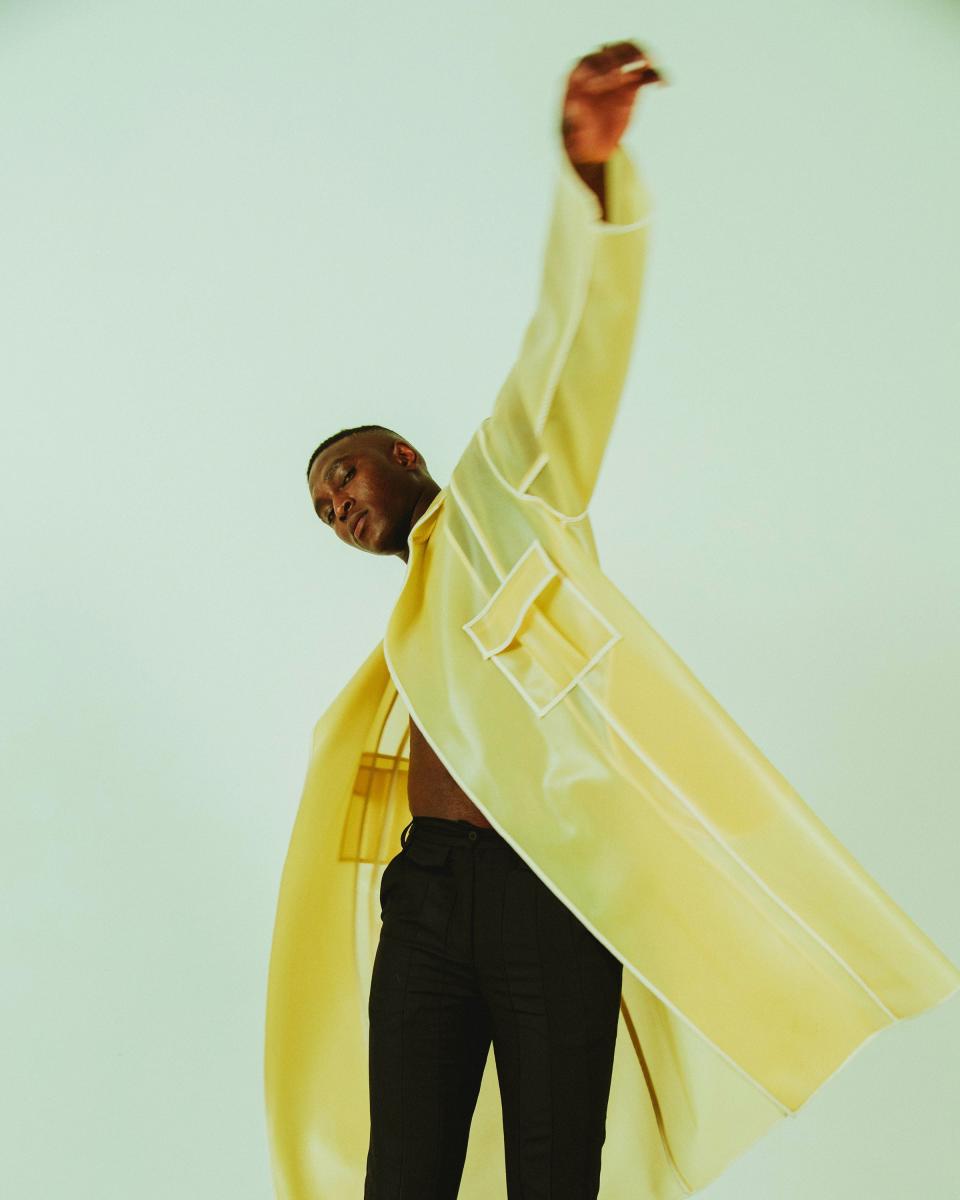
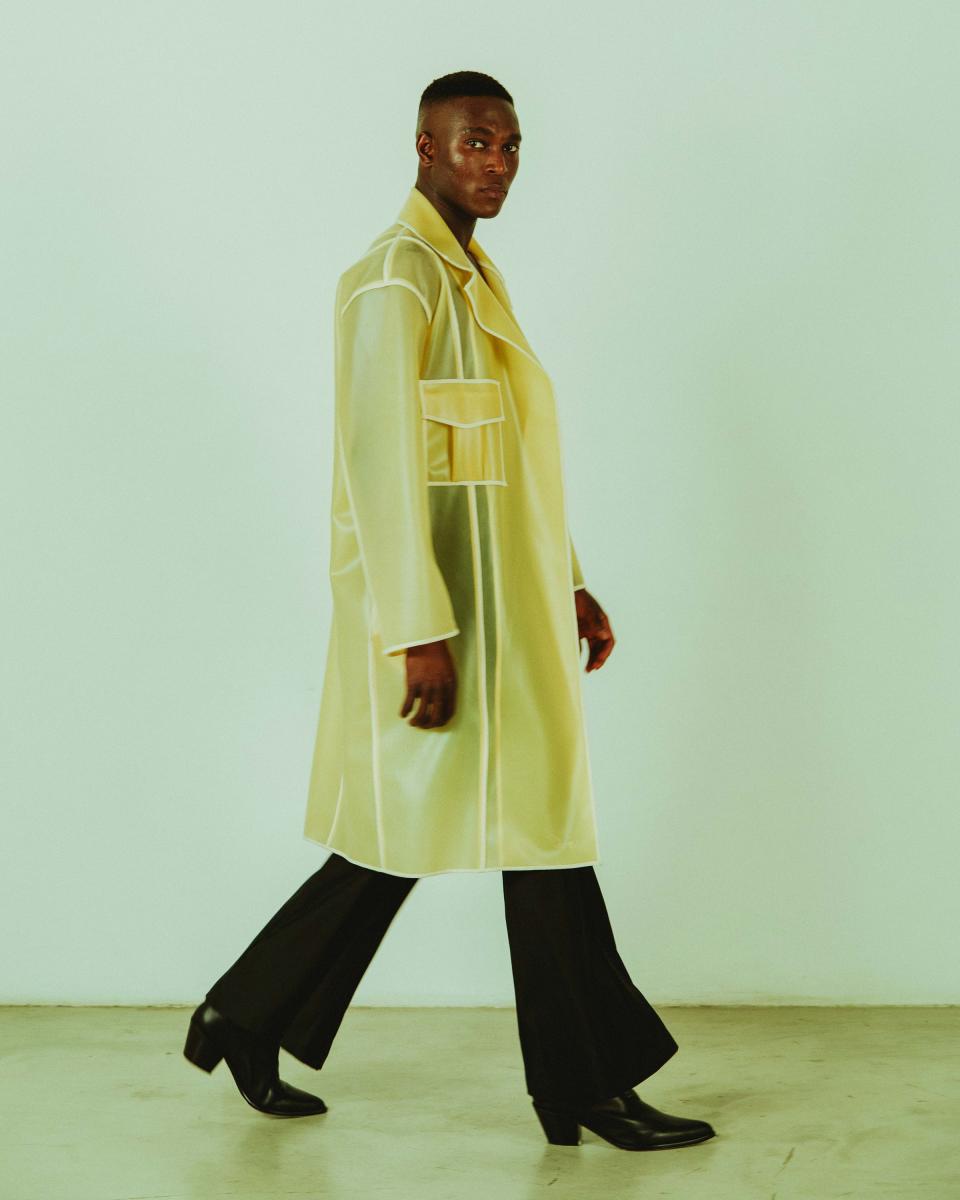
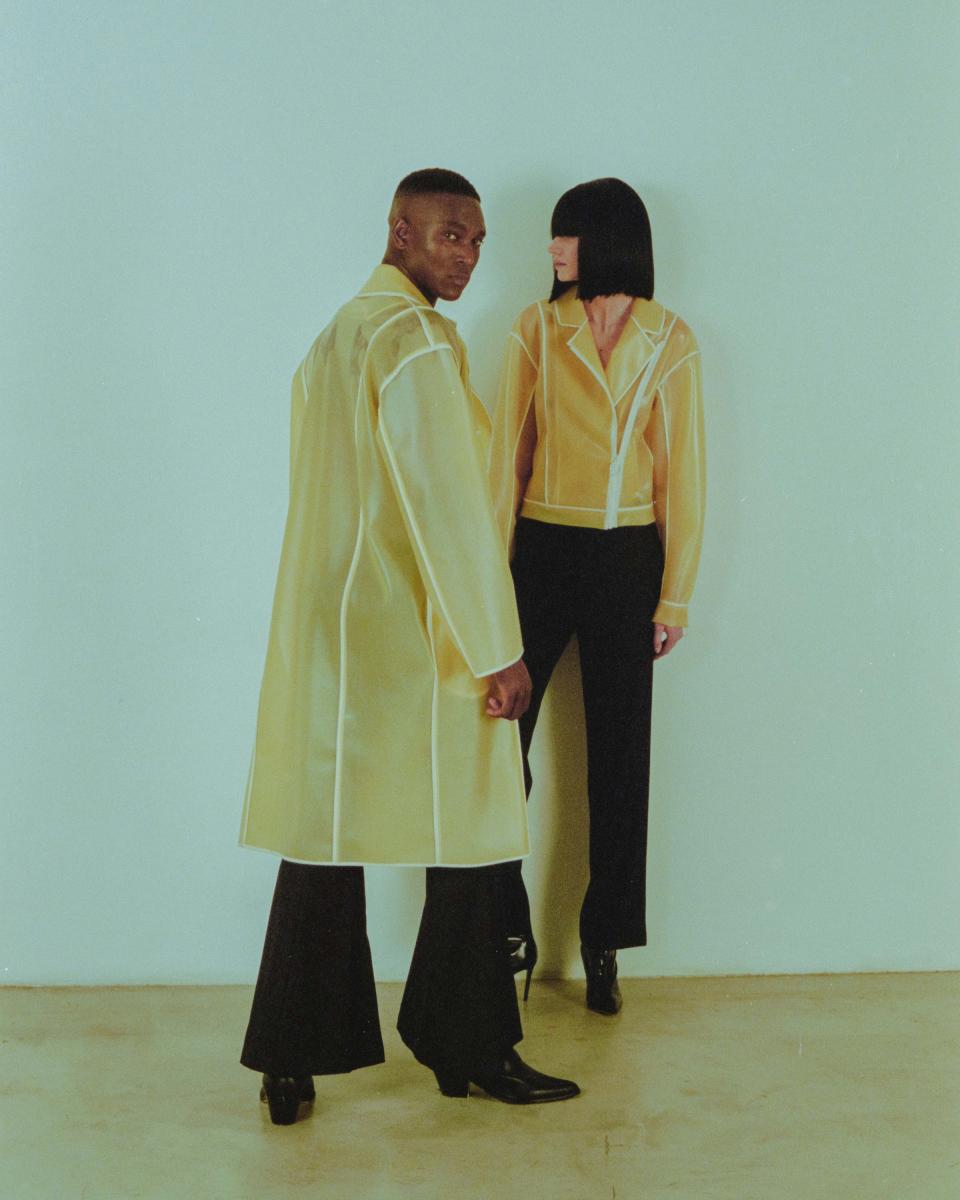
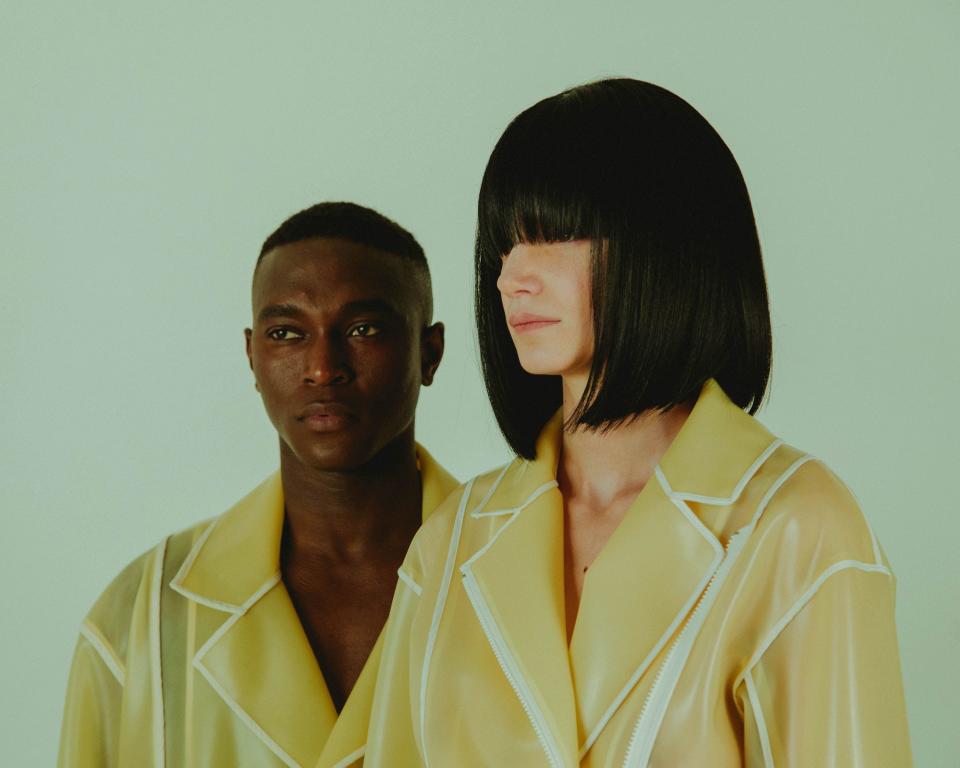
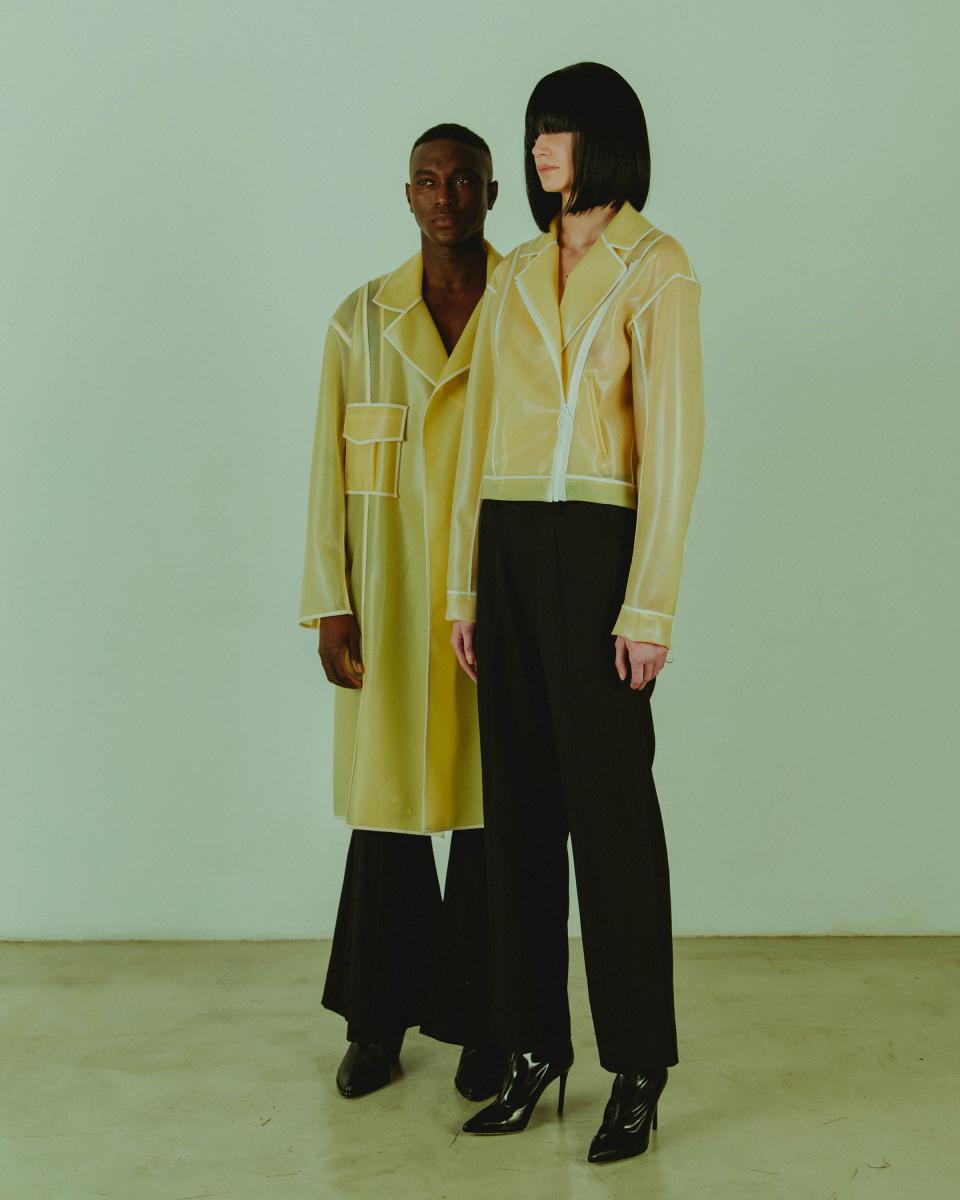
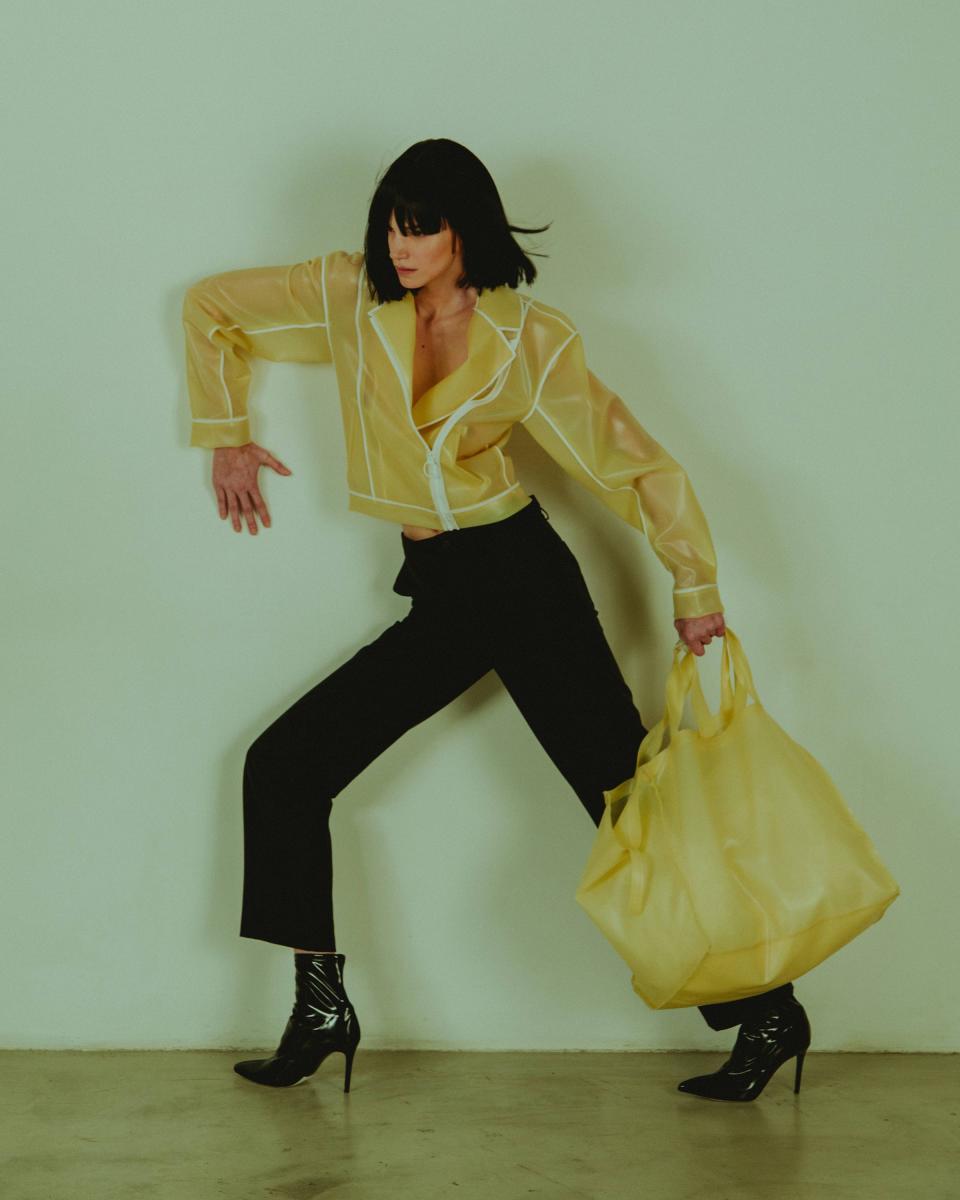
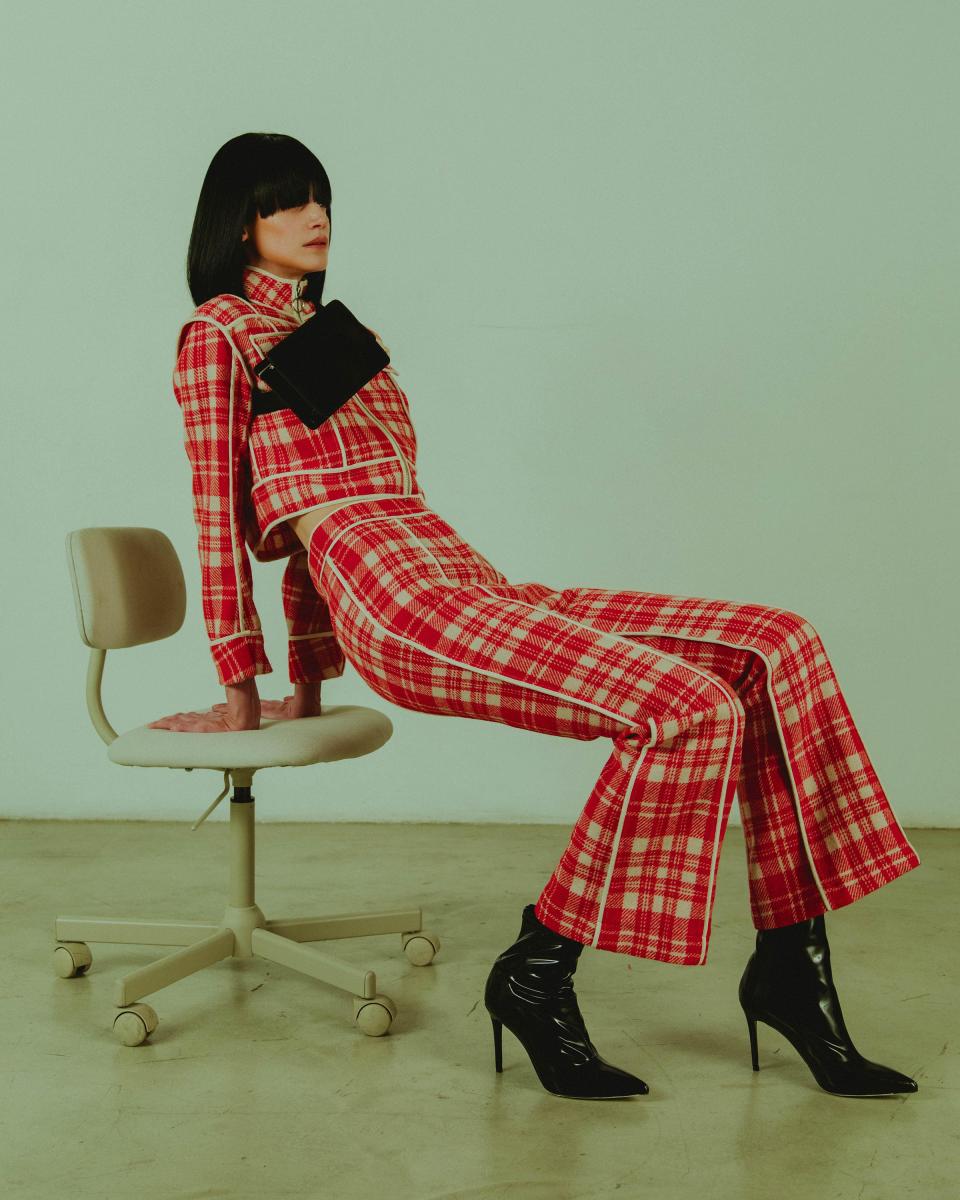
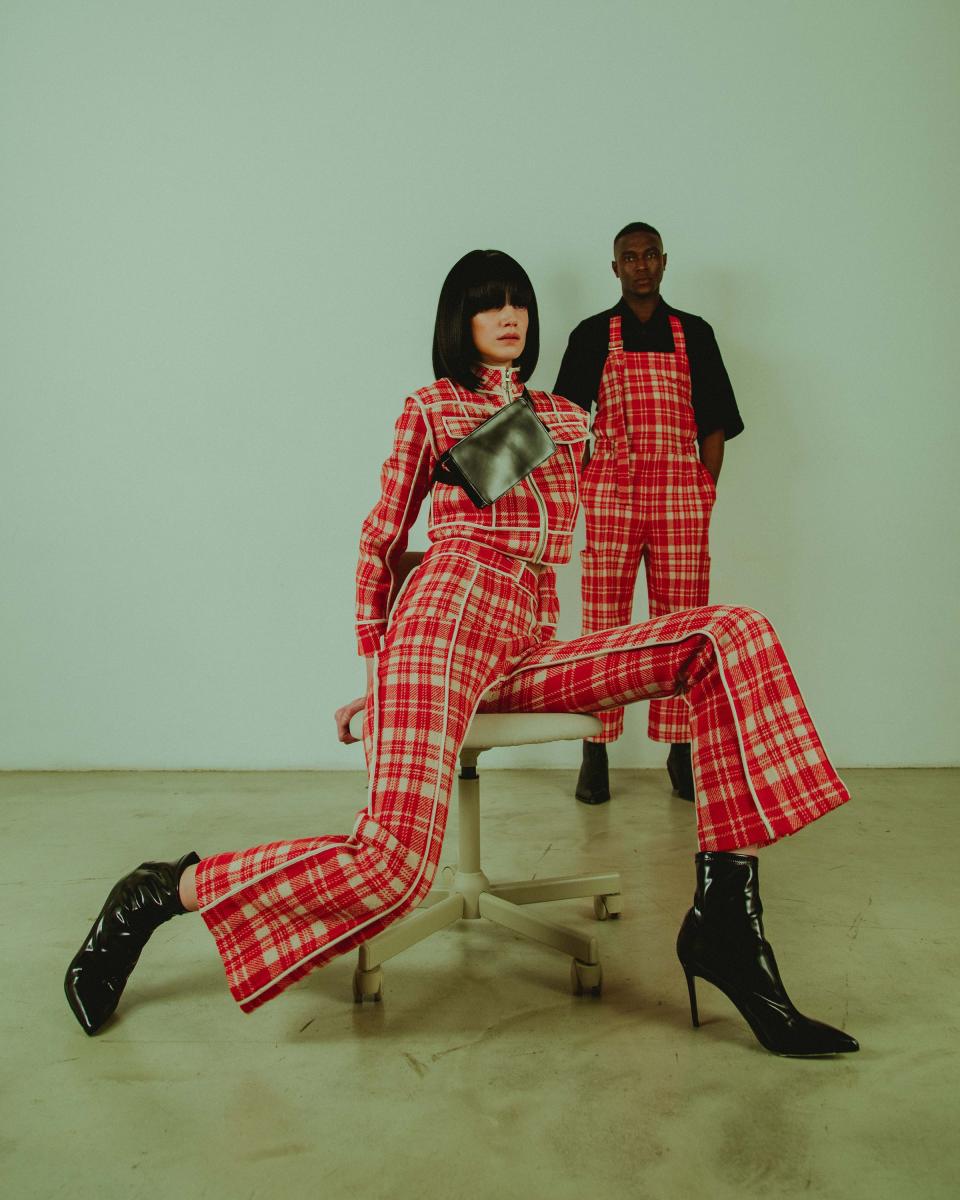
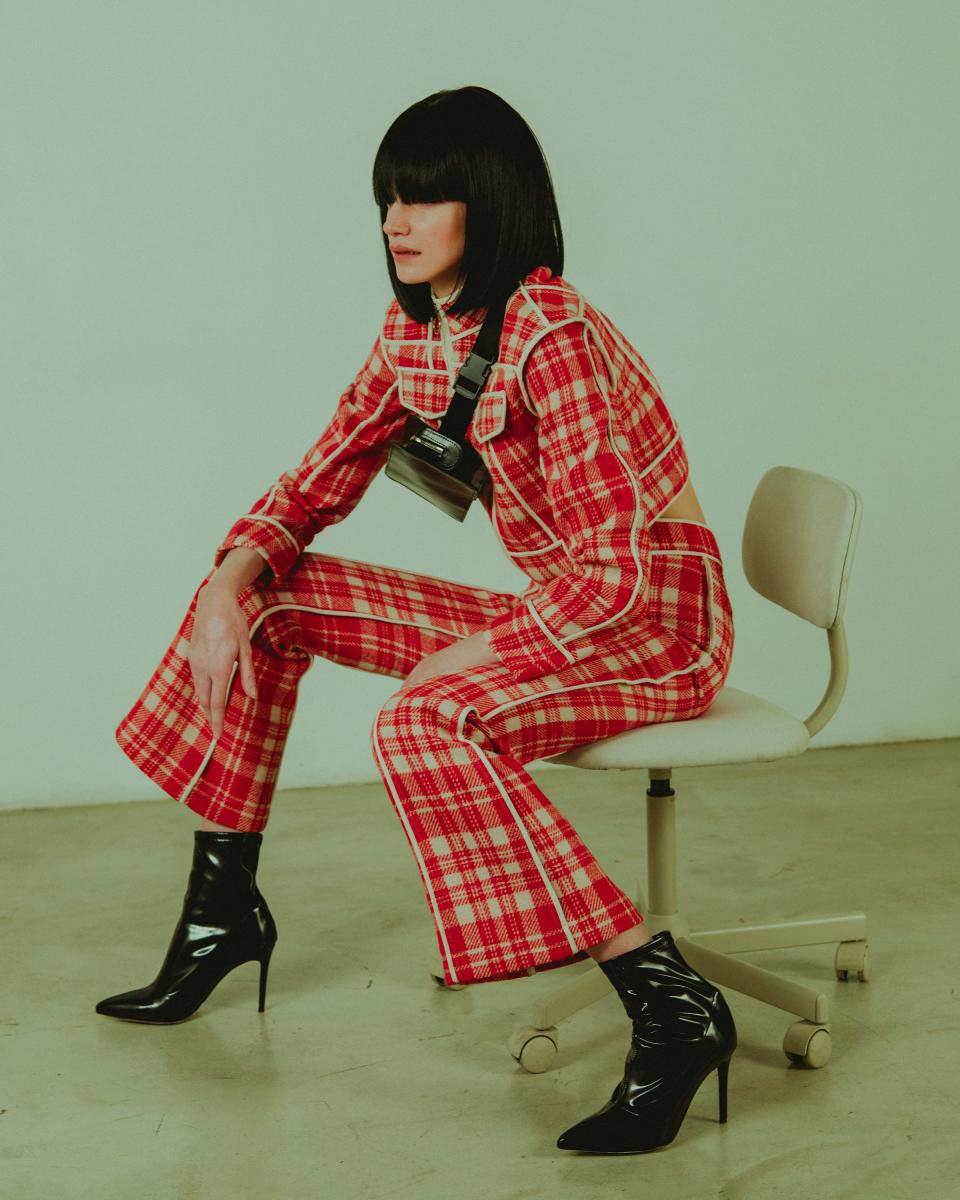
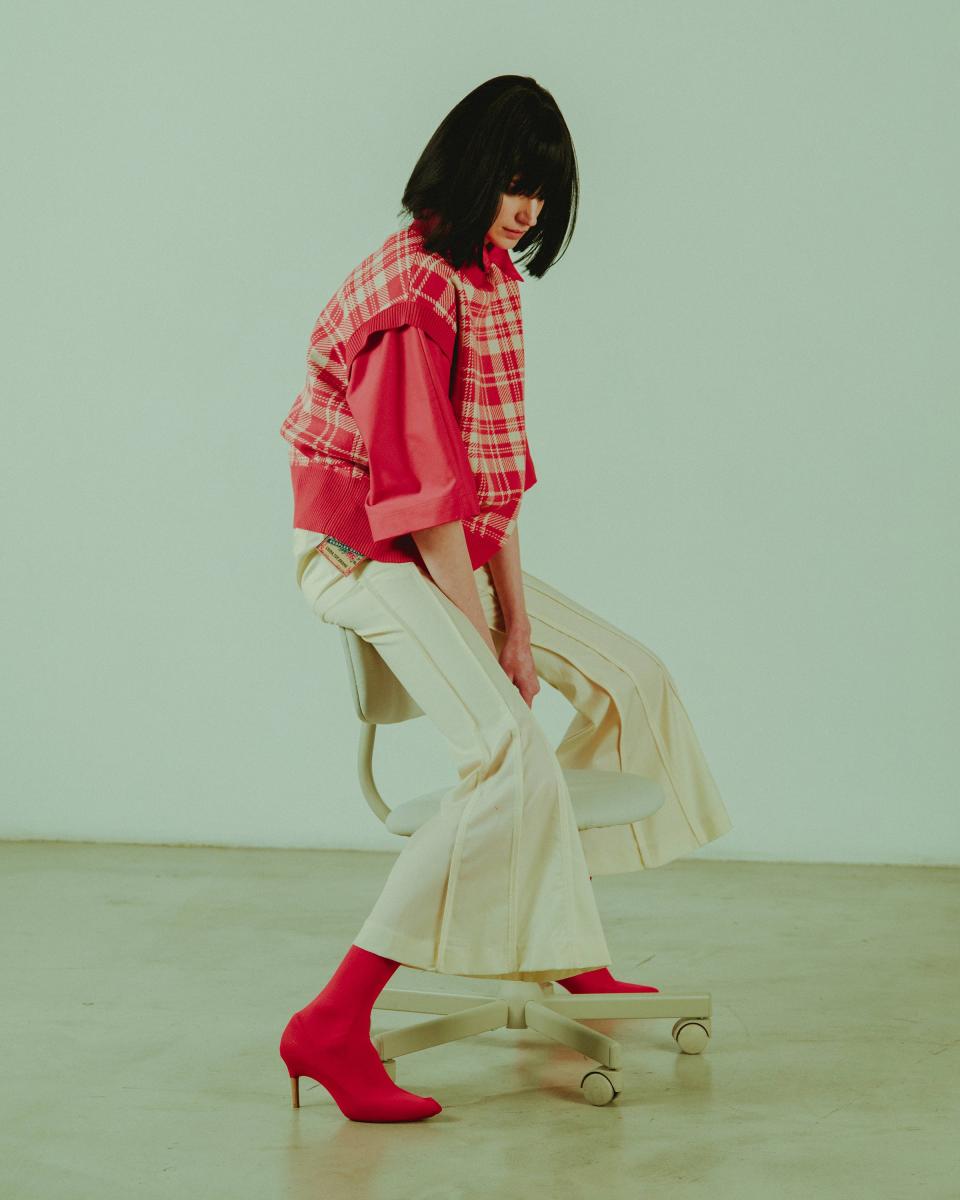
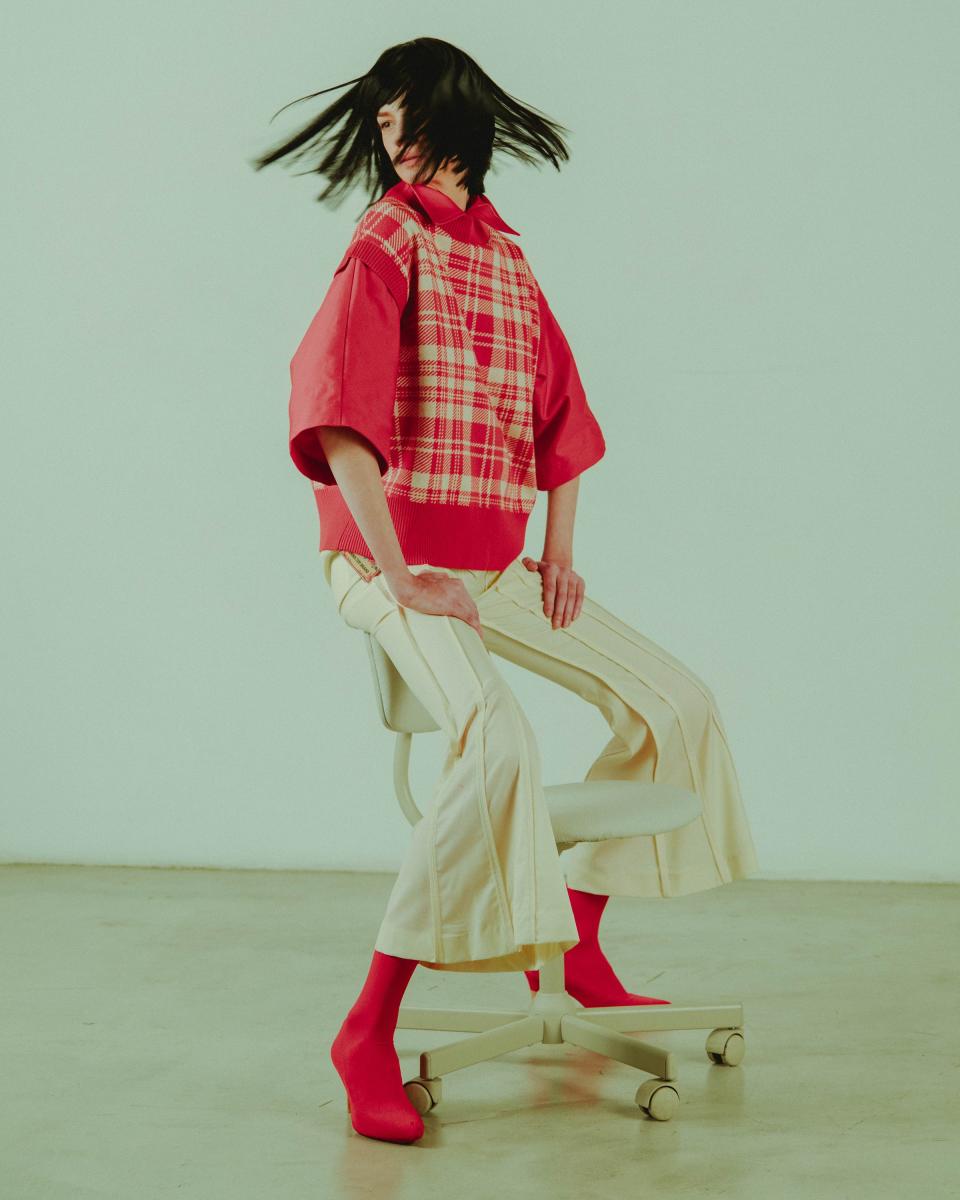

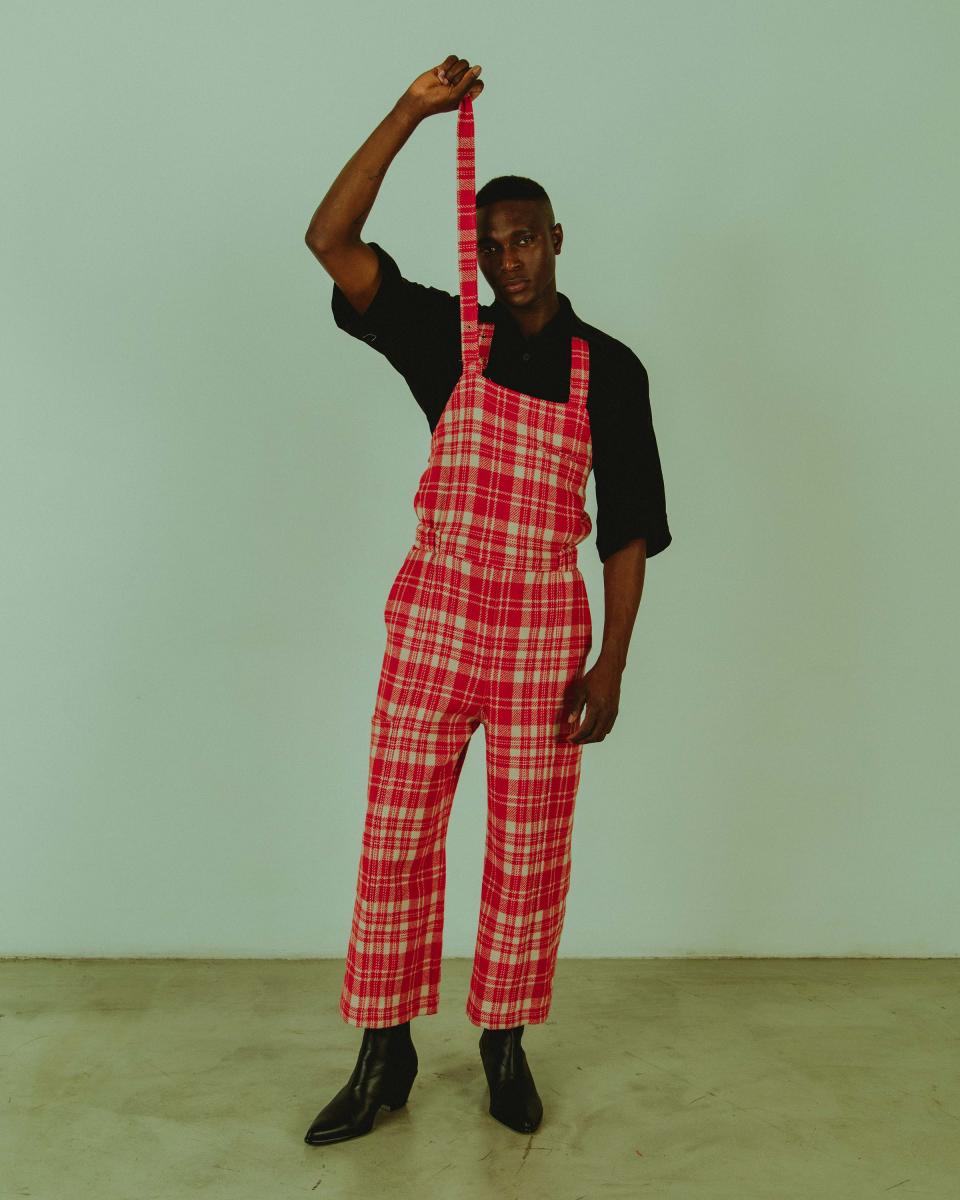
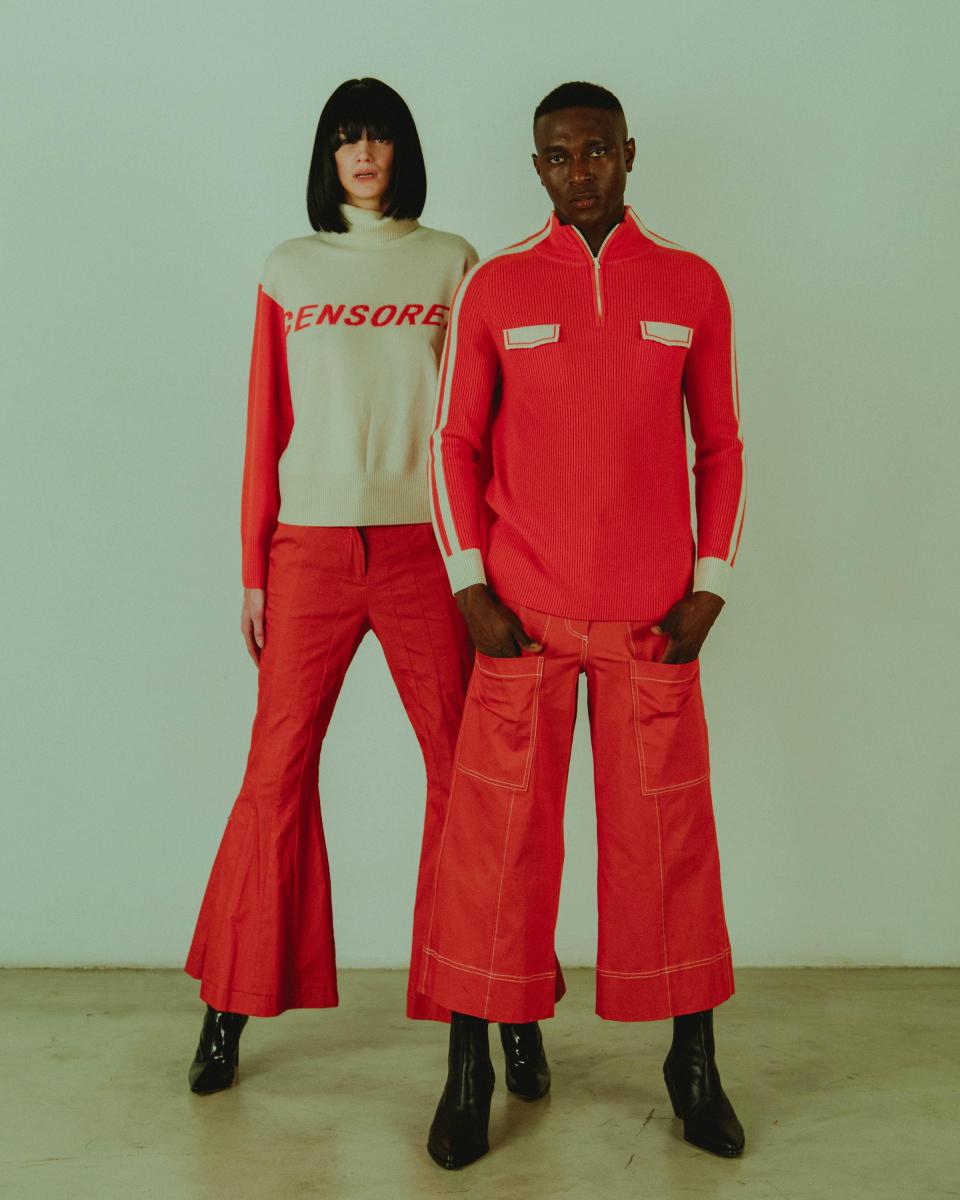
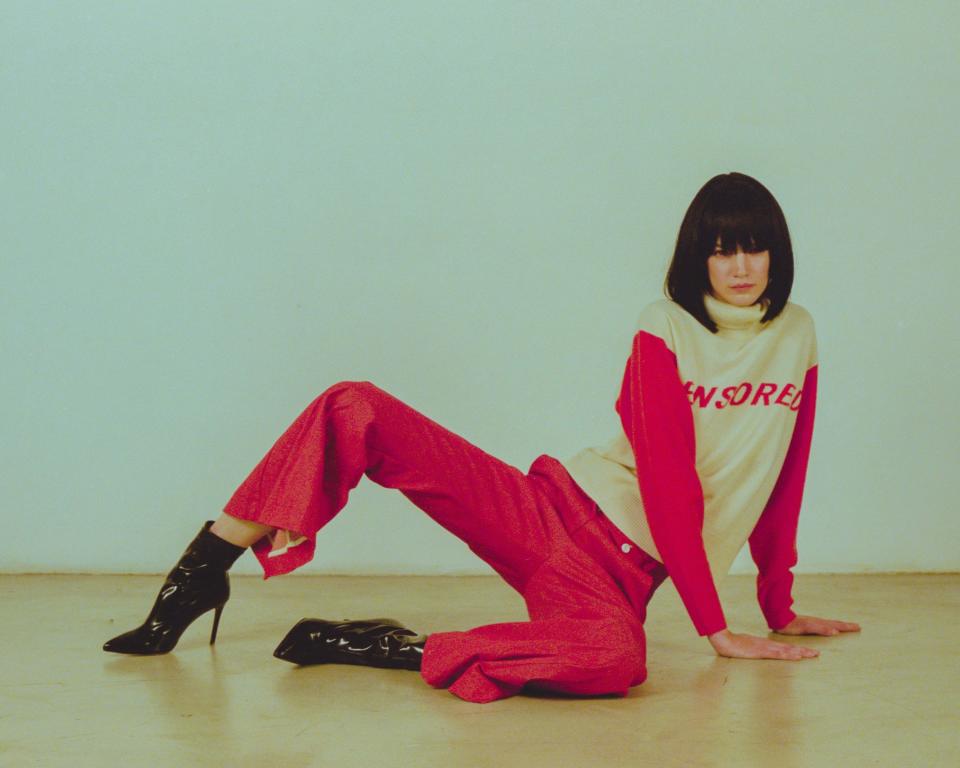
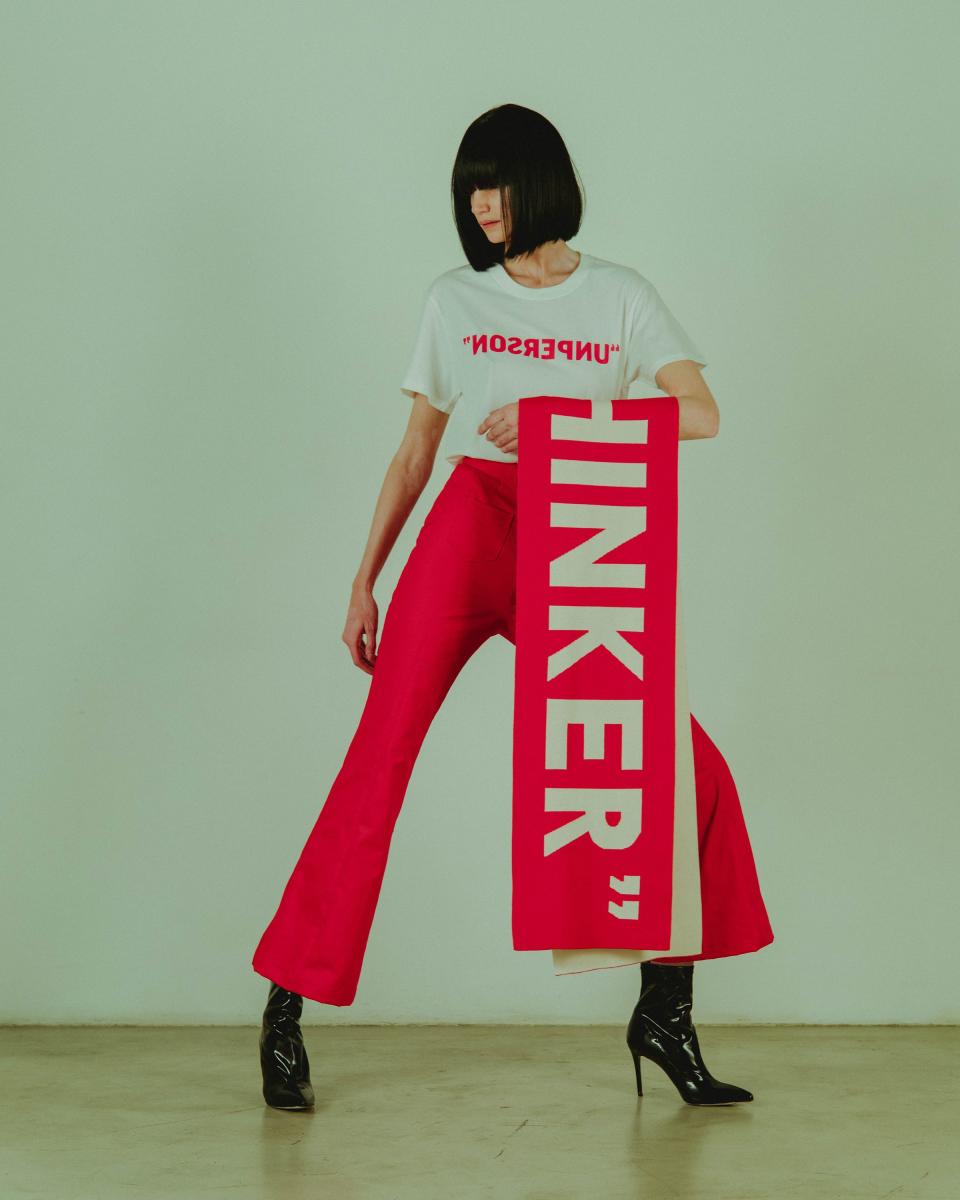
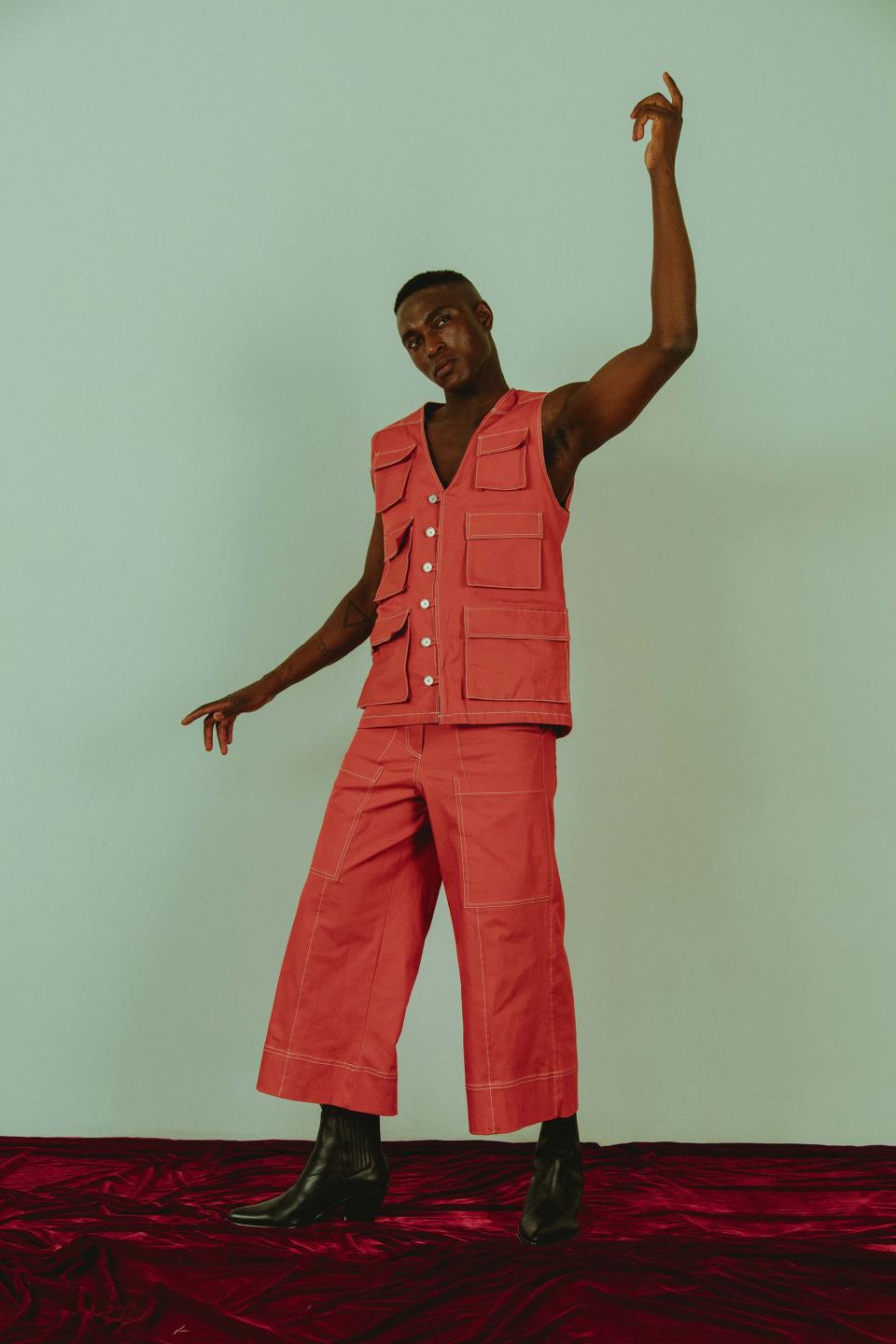
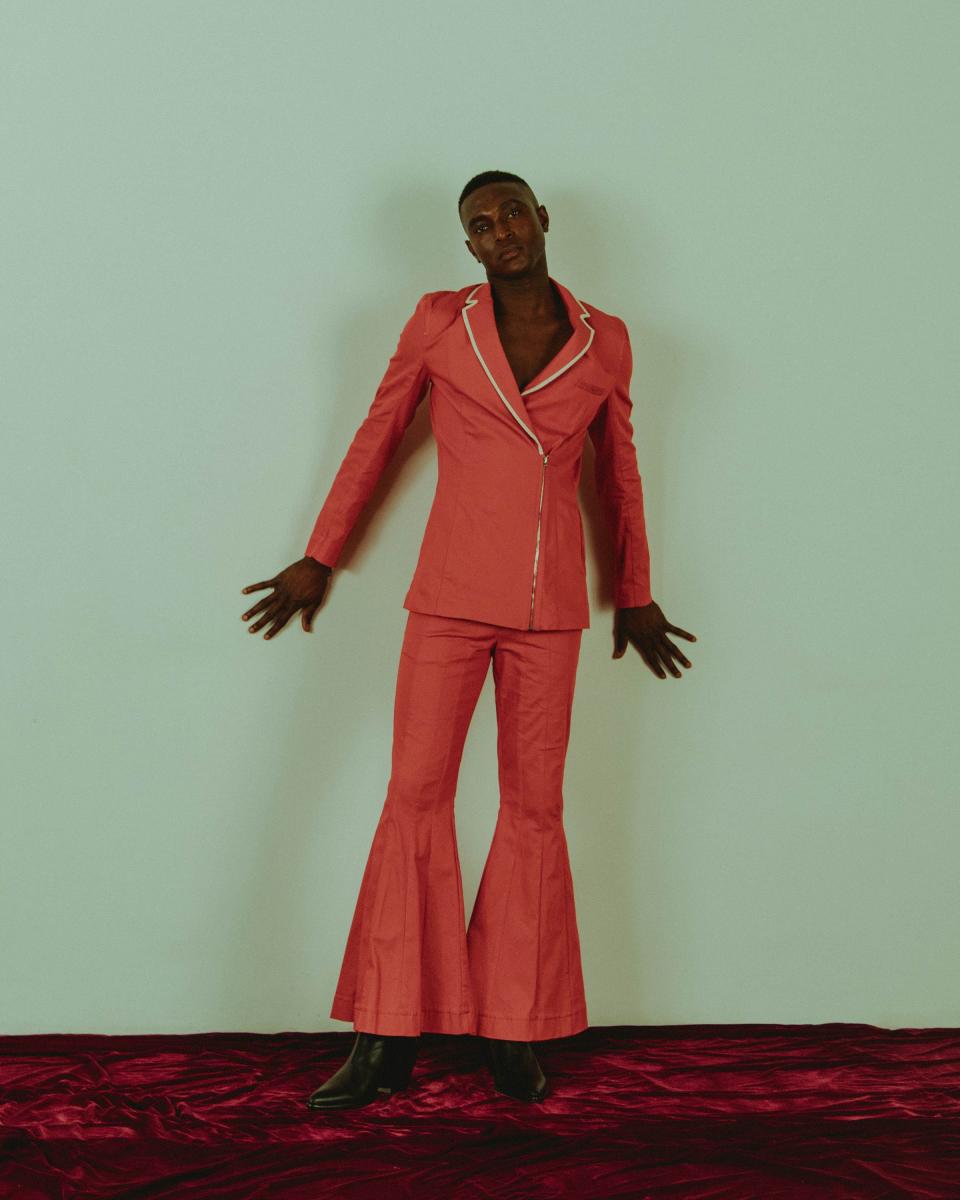
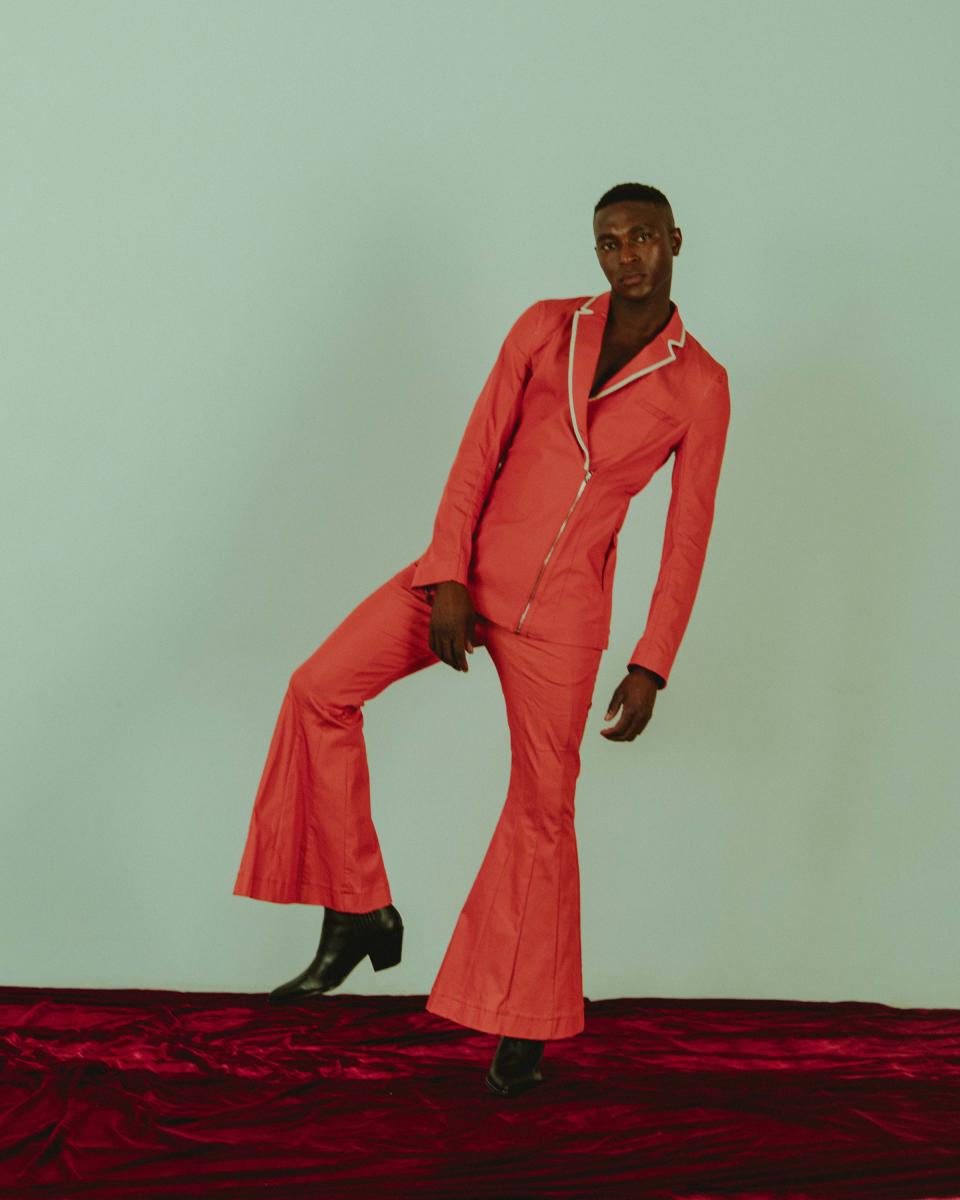
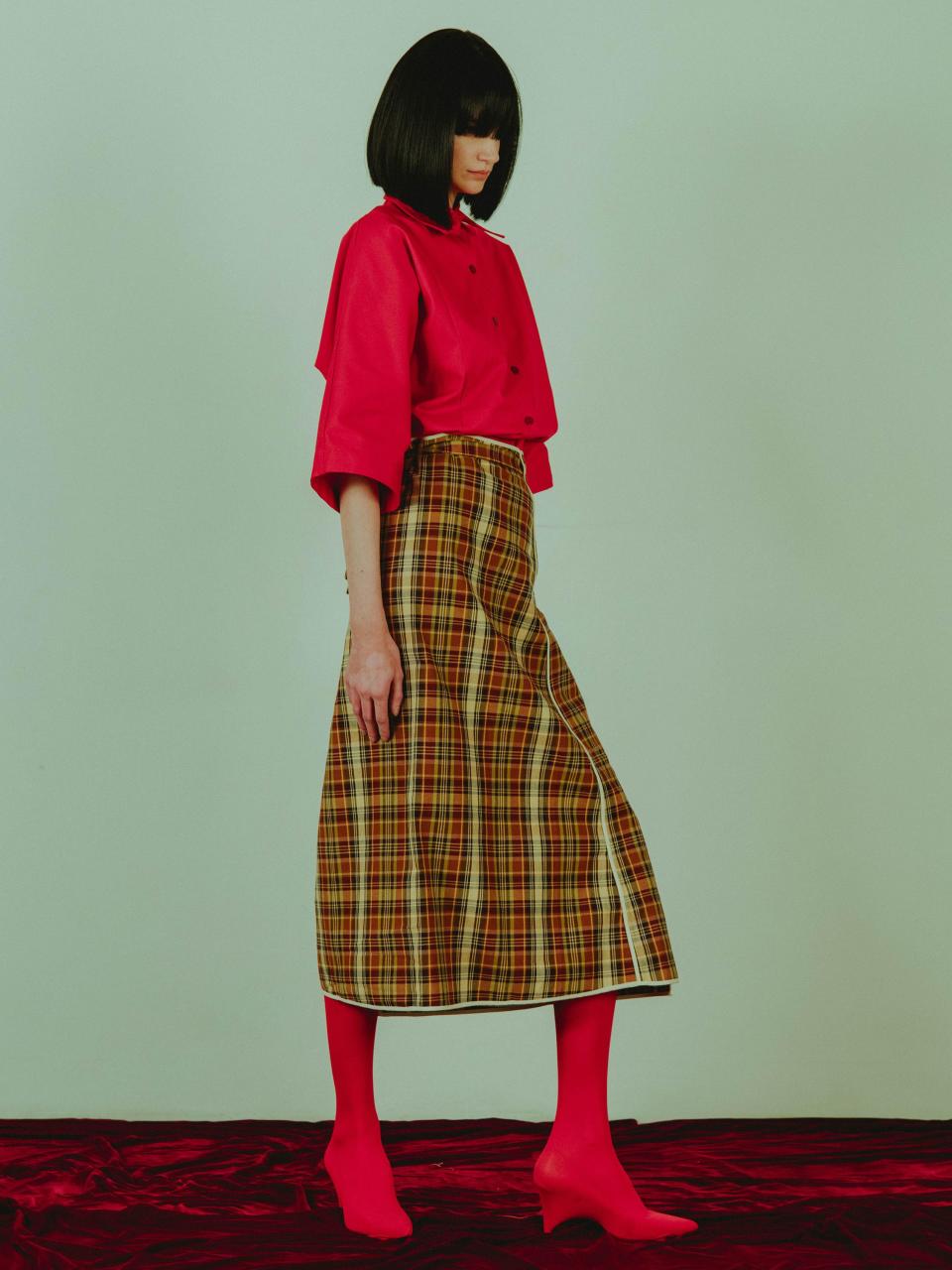
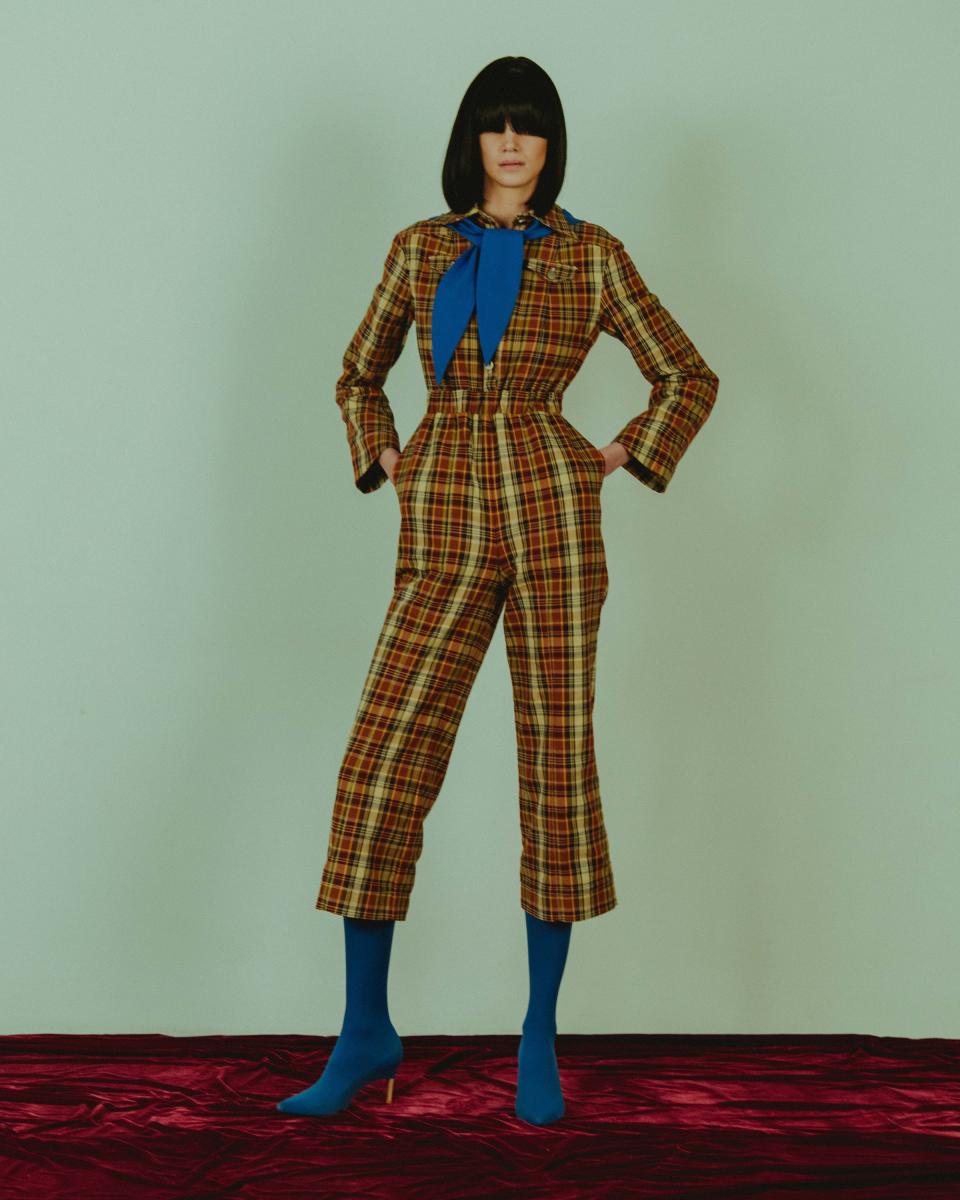
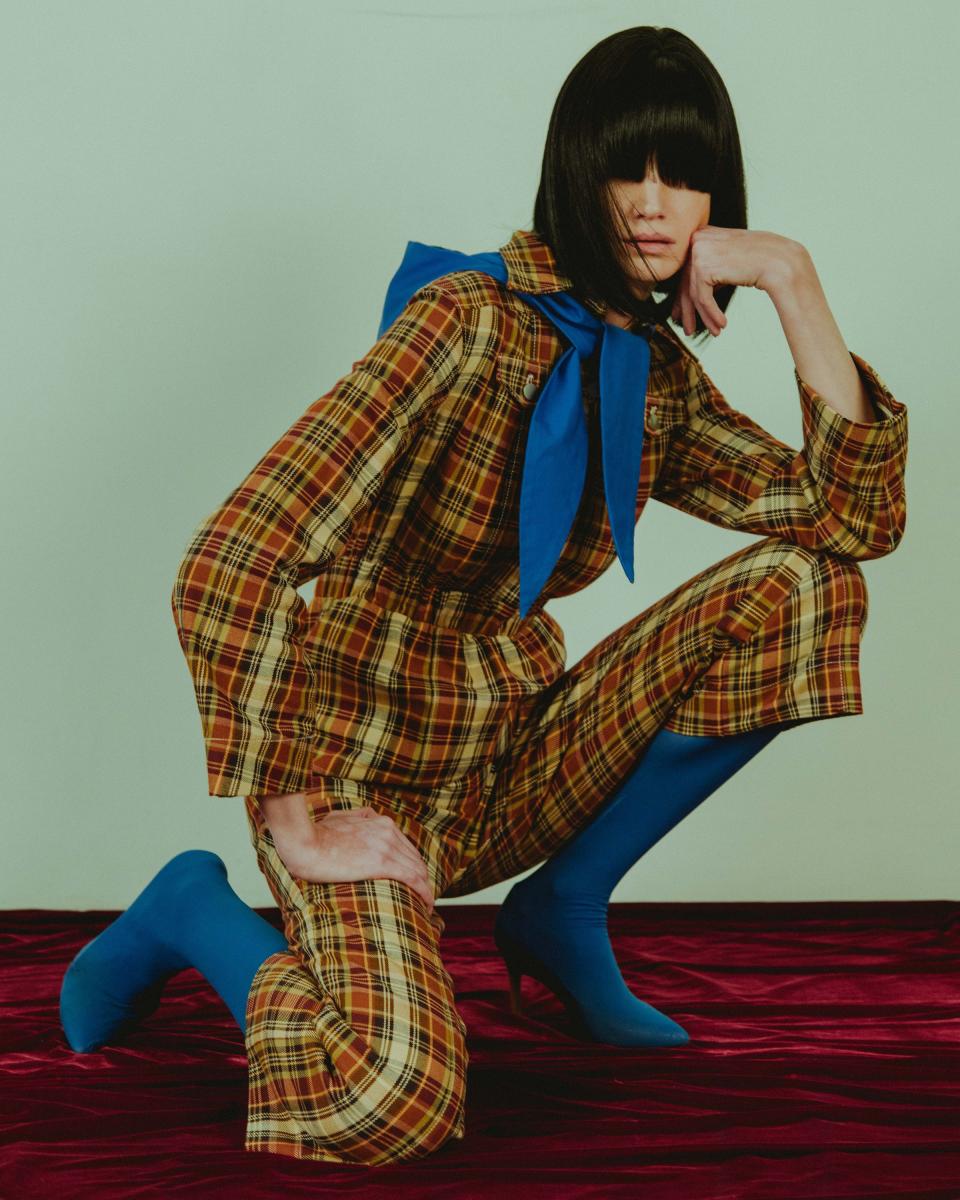
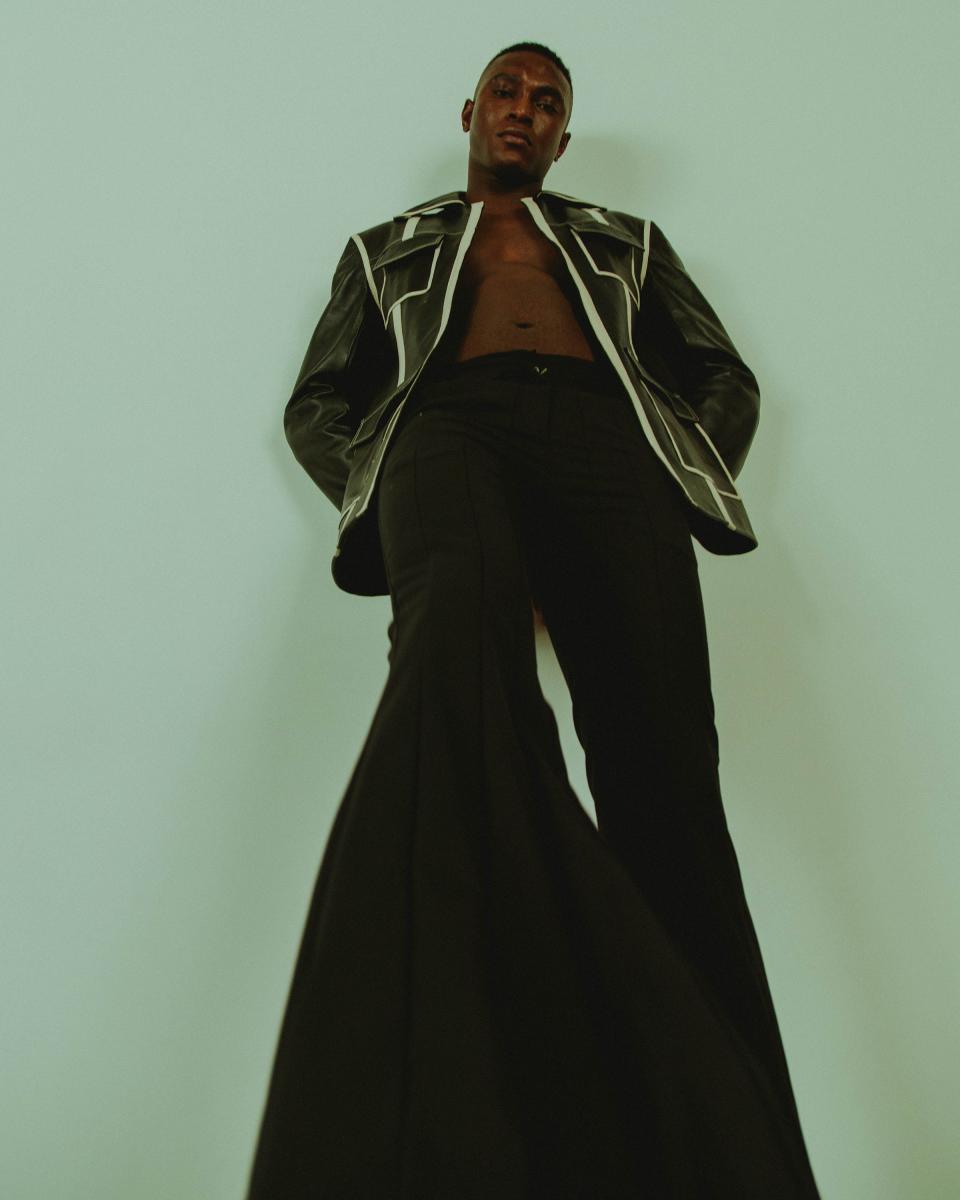
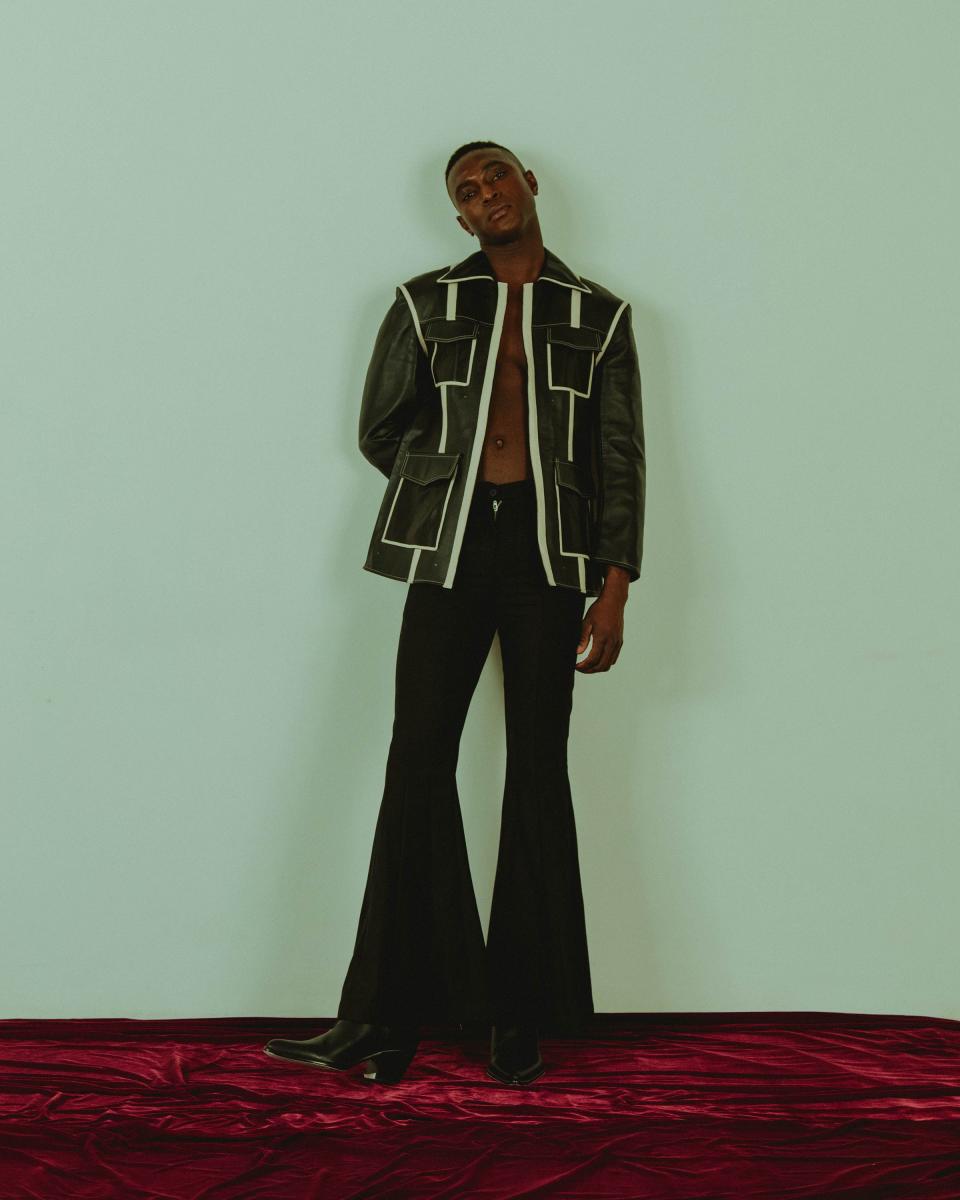
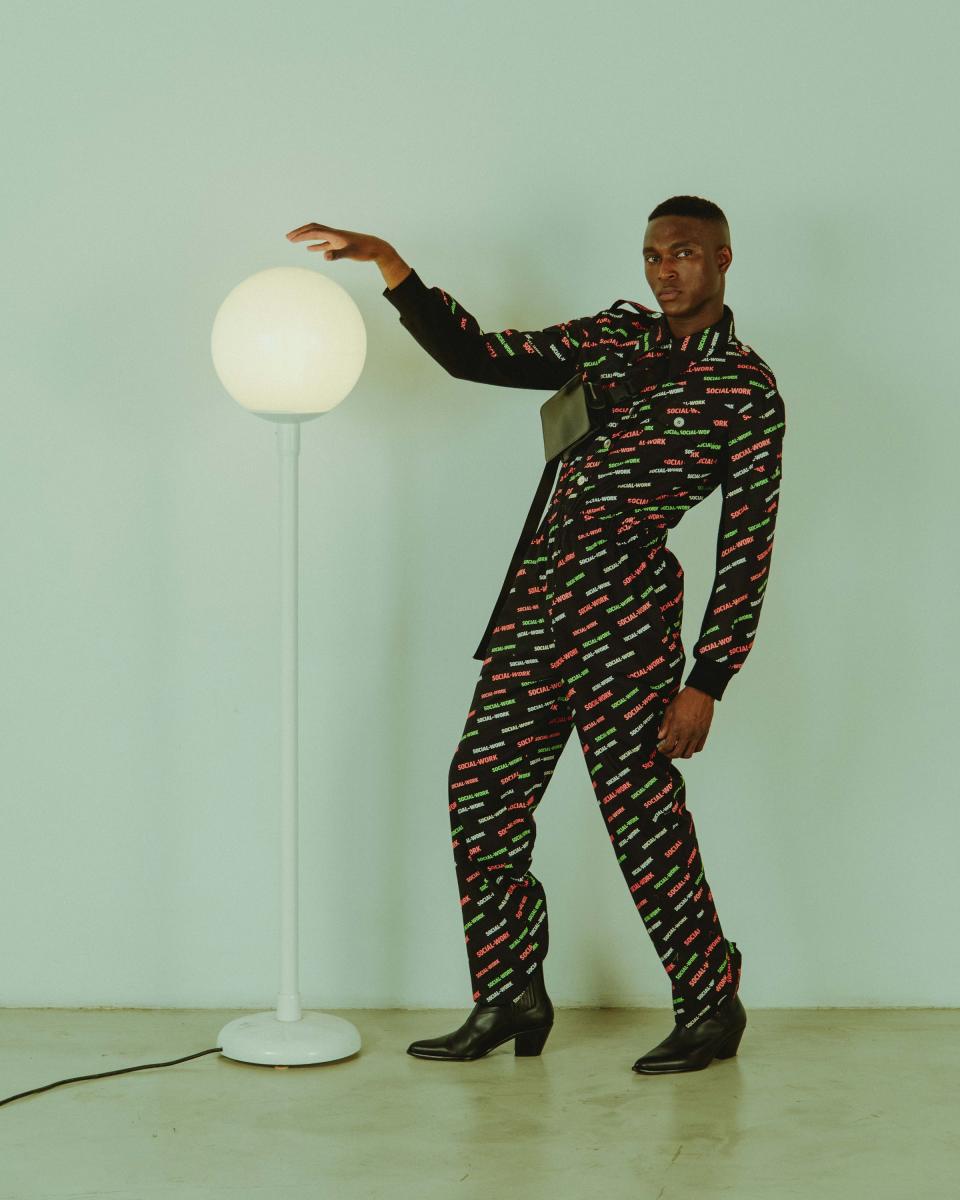
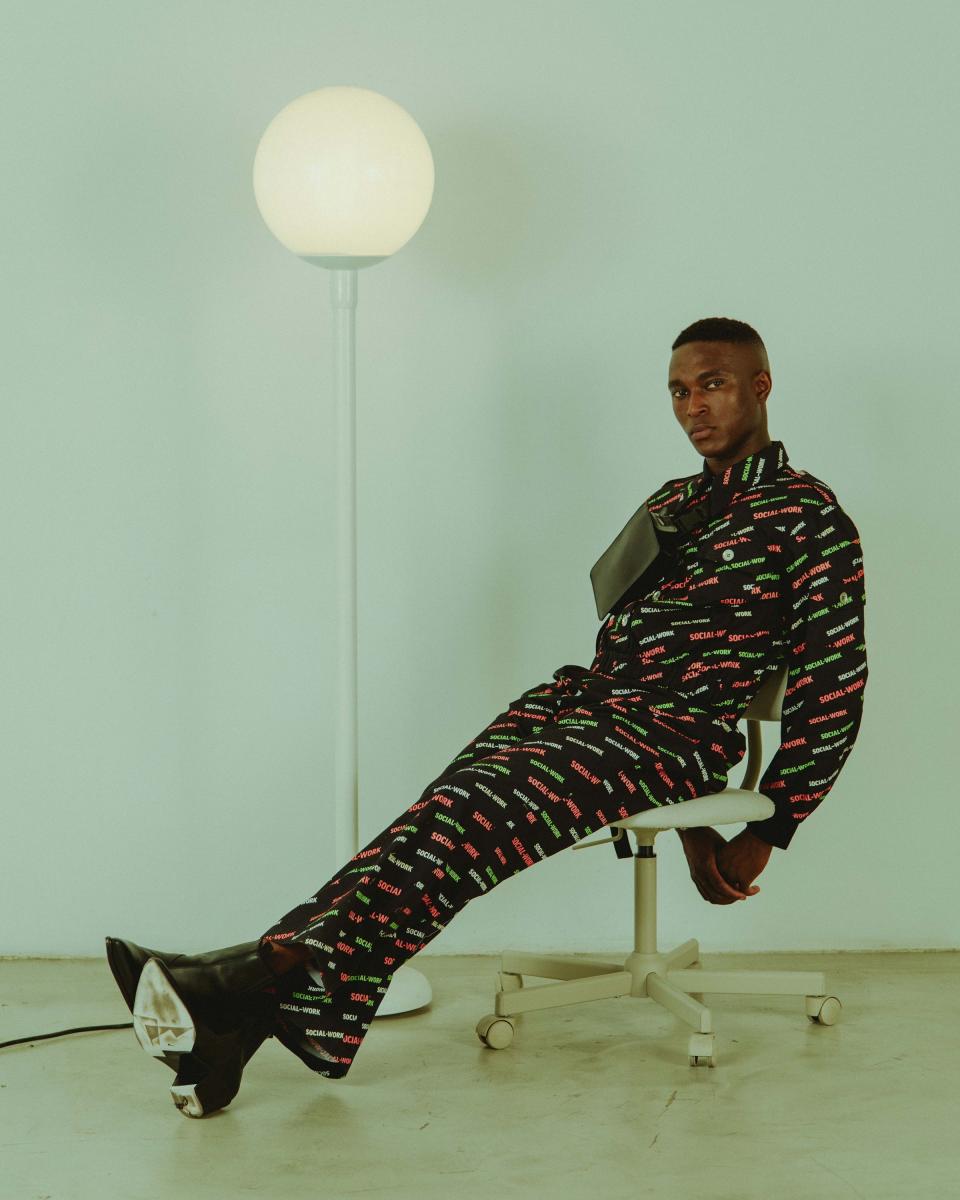
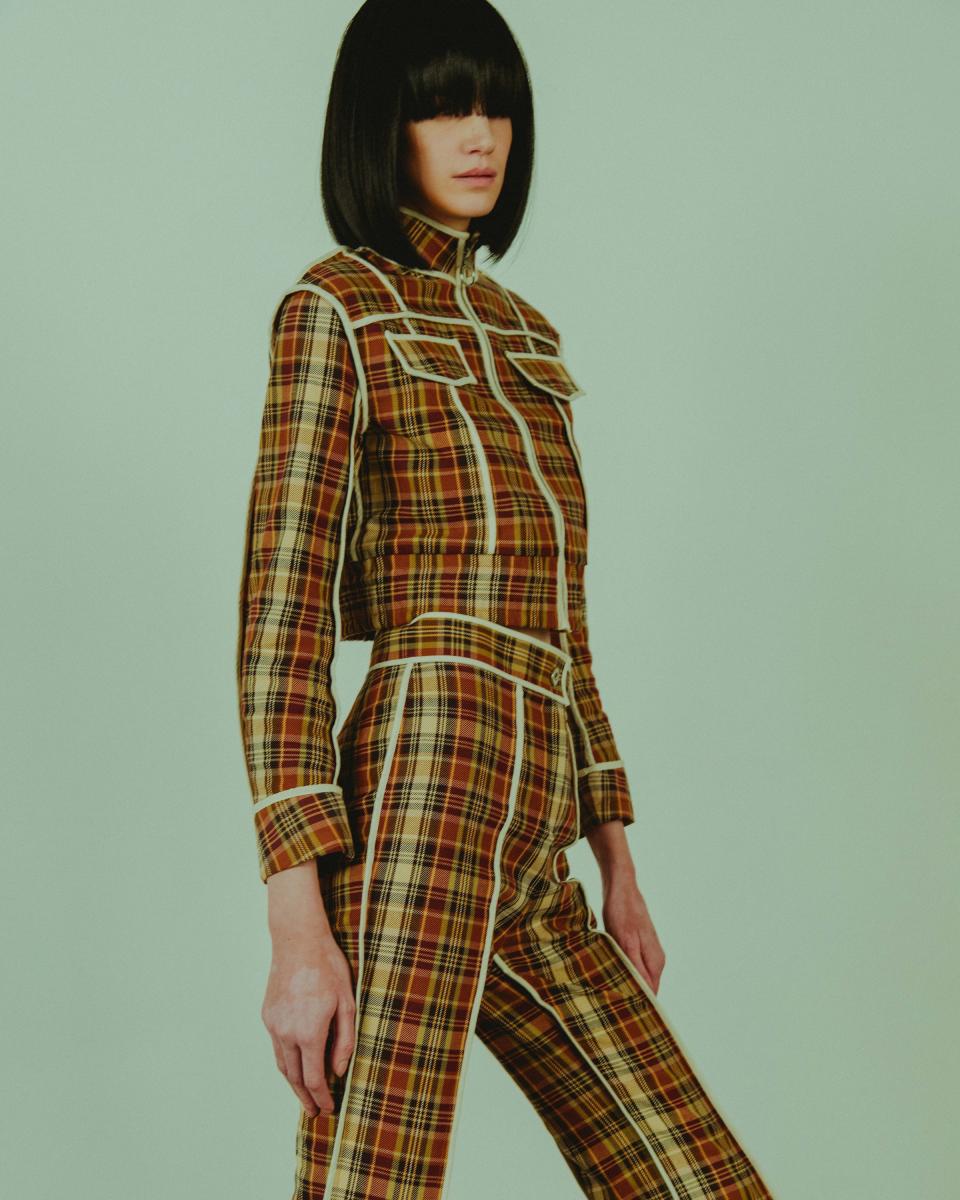
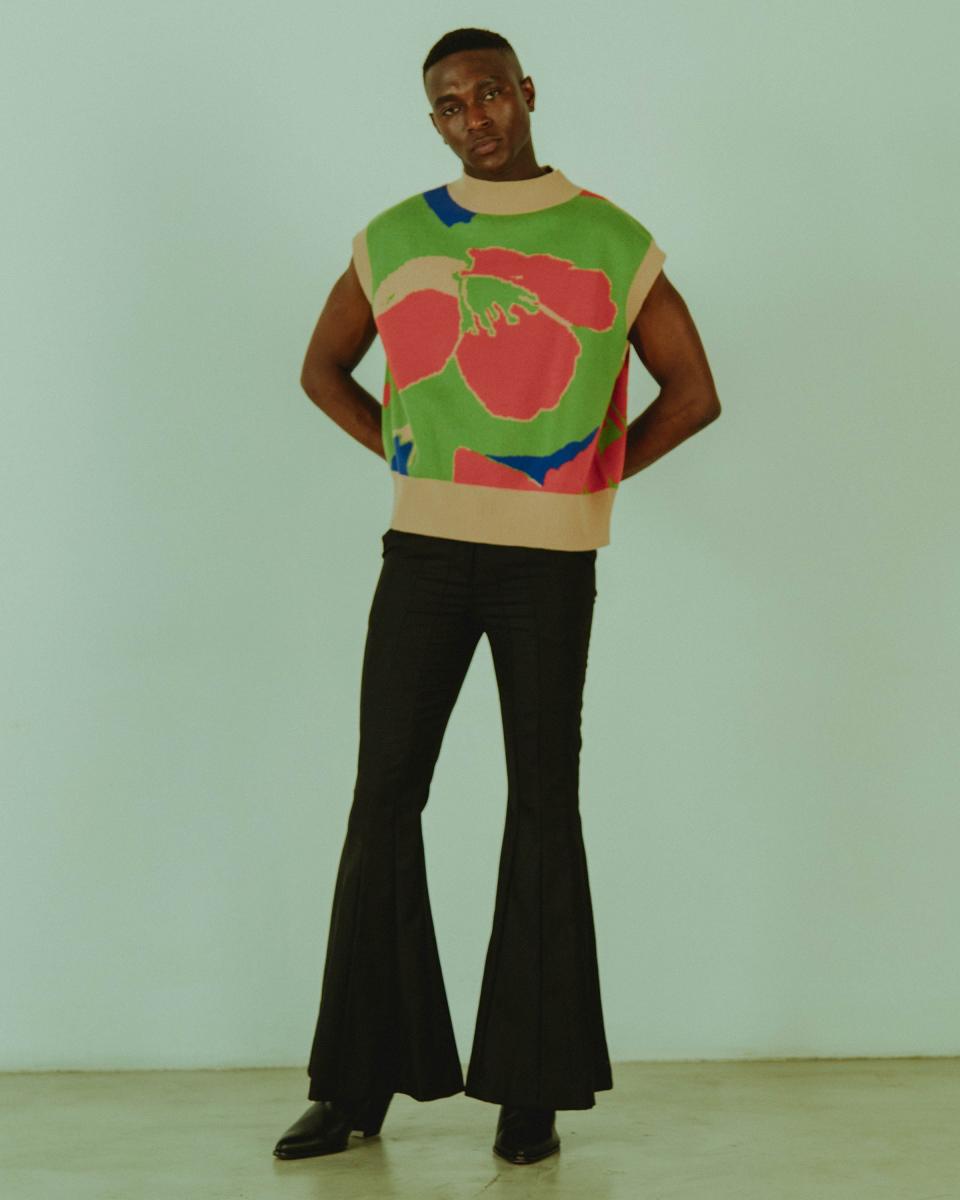
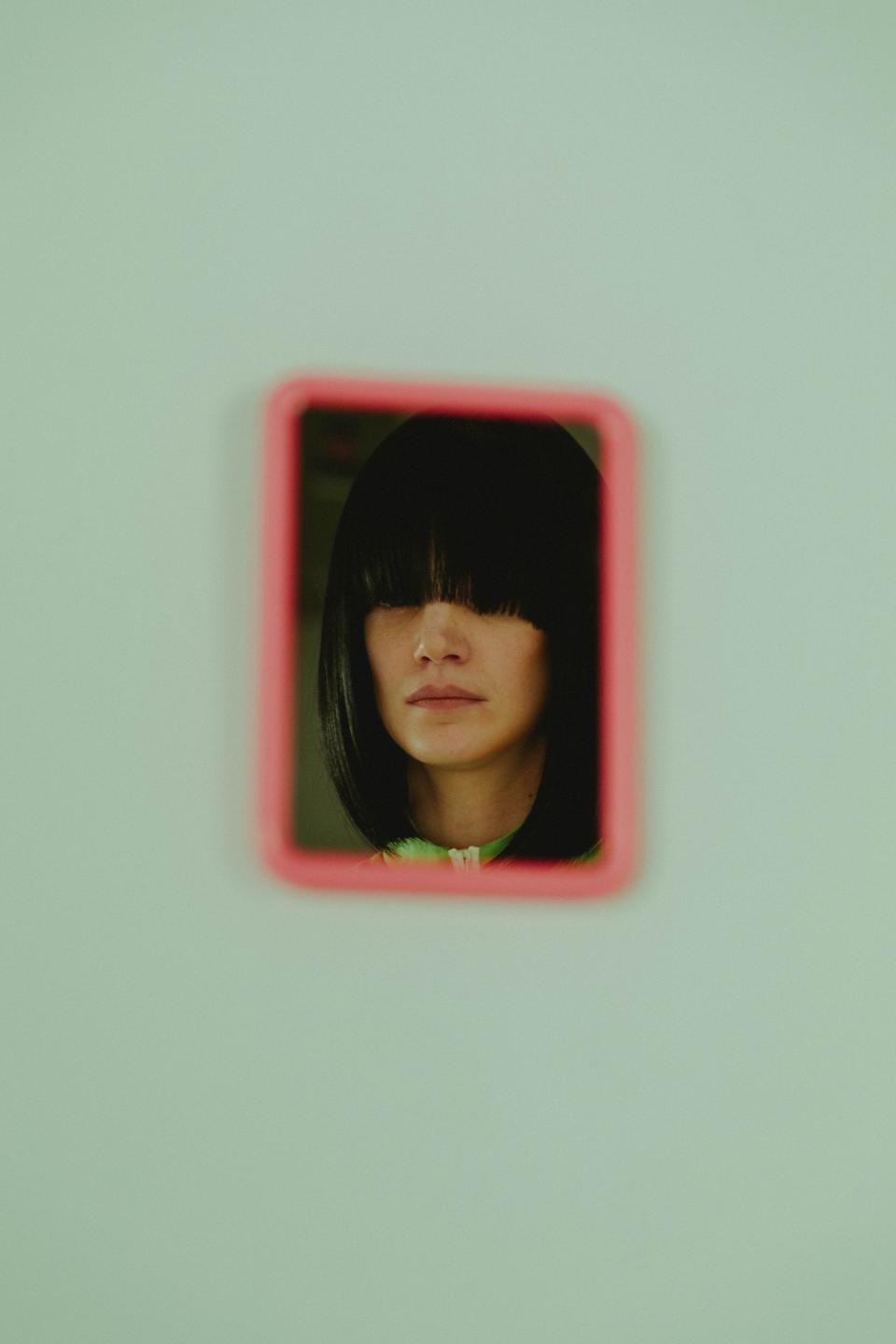
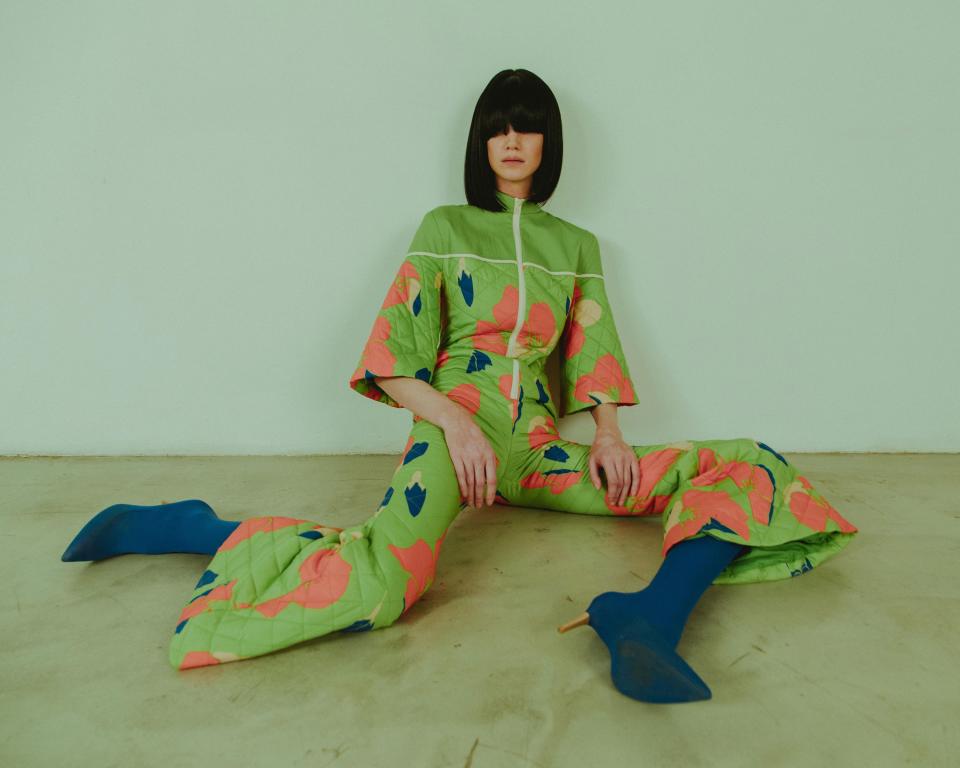
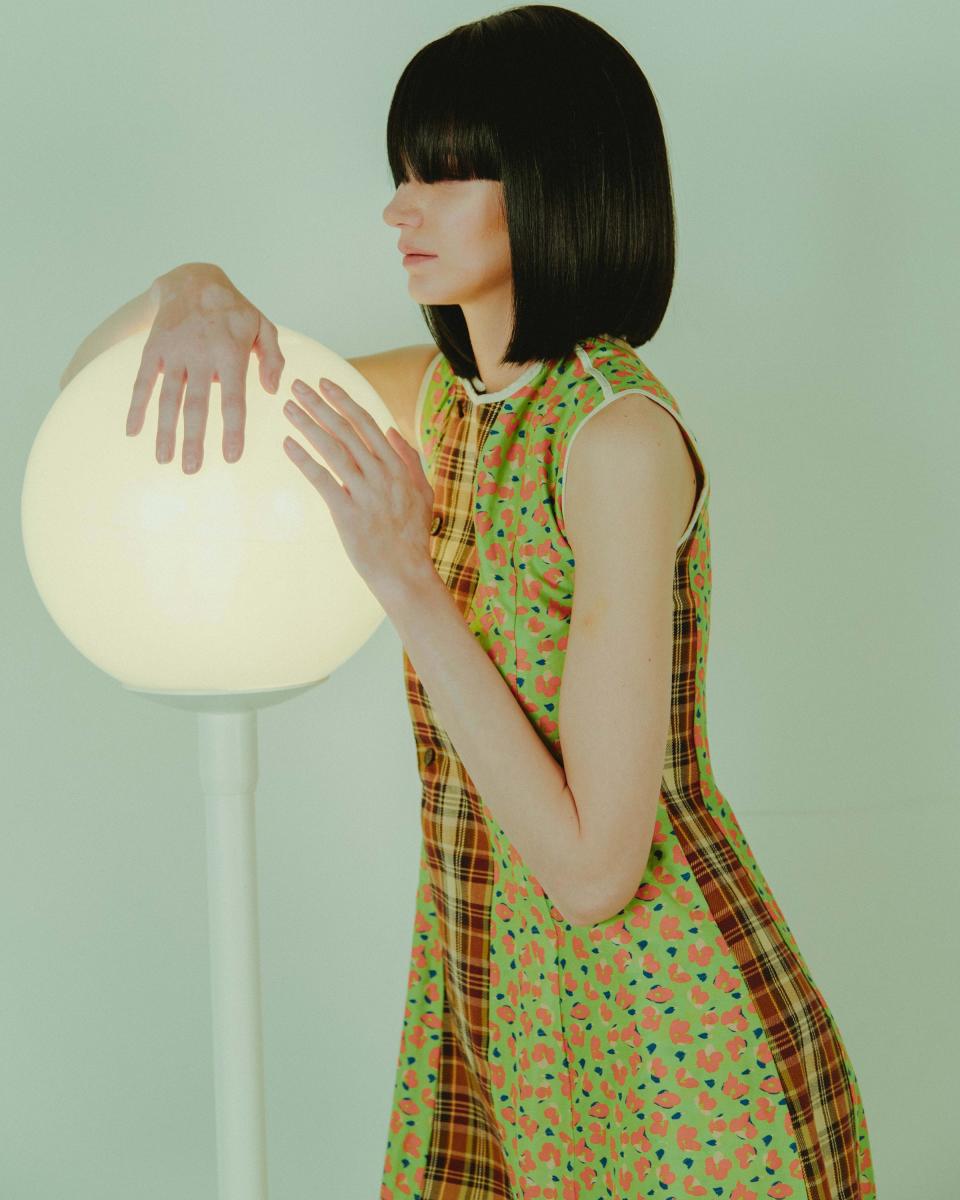
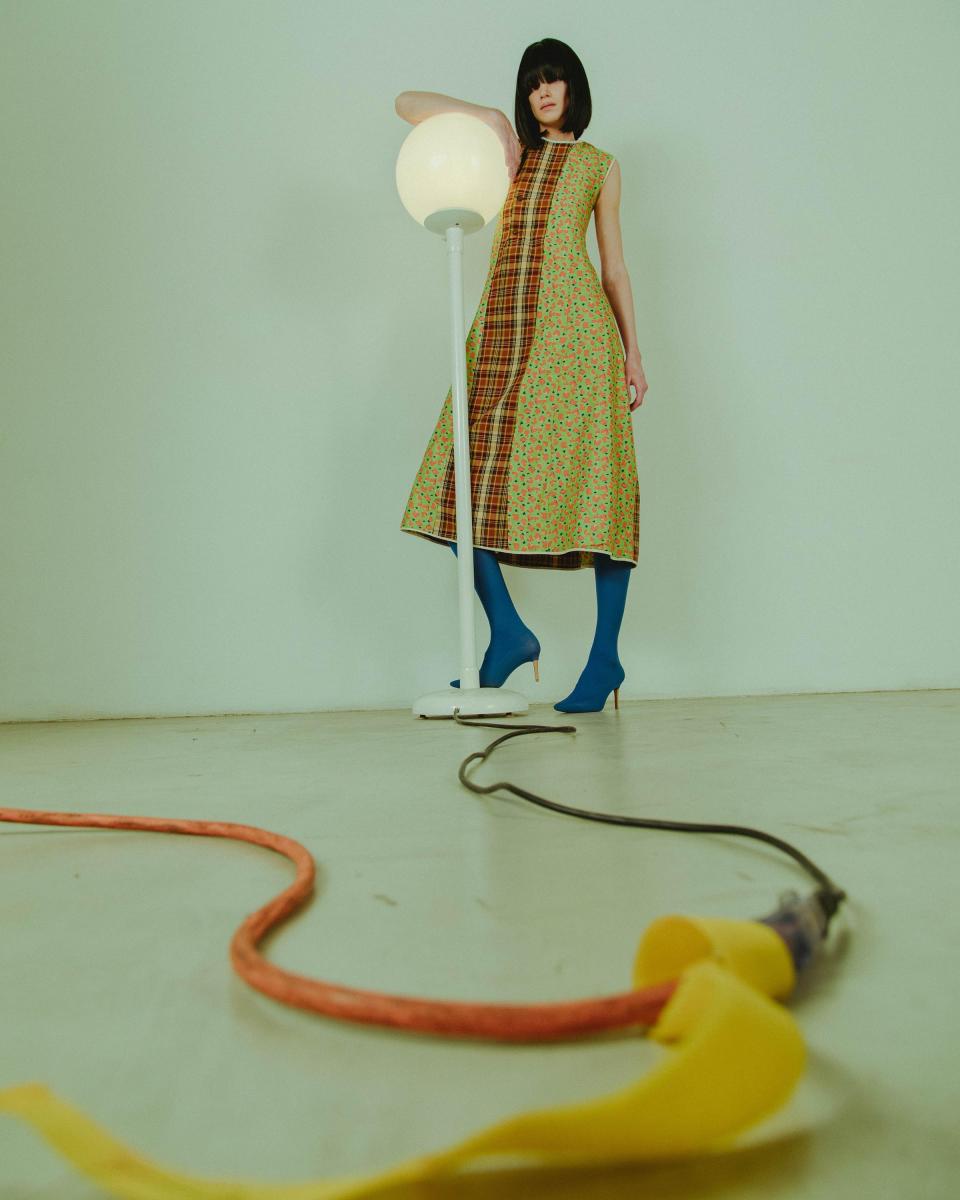
Both Zhang and Wang agree that Social Work would not exist if they had not come to the U.S.; they may never have come to celebrate those rich similarities and differences or, more pointedly, appreciate their own way of life. “When we come here, we even more embrace our own culture,” Zhang says. “When you’re in China, people say, ‘oh, how great is America, how great is the West,’ but when you come here, you start to realize how fascinating your own culture is.”
“And who it really belongs to,” Wang adds. “We both have roots in China, so this is something we can do, but people from other countries cannot. I want to contribute to our own culture, as well.”
Thus enters the second pillar of Social Work: their passion for workers’ rights, a truly global issue. Hence why they chose to stage their first presentation in one of the cut and sew factories where their pieces are made (two of the workers, a husband and wife duo, walked the show). “Our generation thinks about sustainability, cares about rights of people, but no one was looking at the workers’ transparency,” Zhang says. “Or, not the individual,” Wang adds. “We put the individual behind each garment.” She means it literally: There is a unique code on the label of each garment, and their website will include a database that will reveal who made your garment, with what materials, and how long it took (a neat idea—the clothes beg for further inquiry).
“We want to create a bridge between our customer and the worker and the actual product,” Zhang says. “We’re doing fashion social work, in that we want to help these workers—to look at them, to notice them, to understand them.” There’s something the whole world can agree on.
